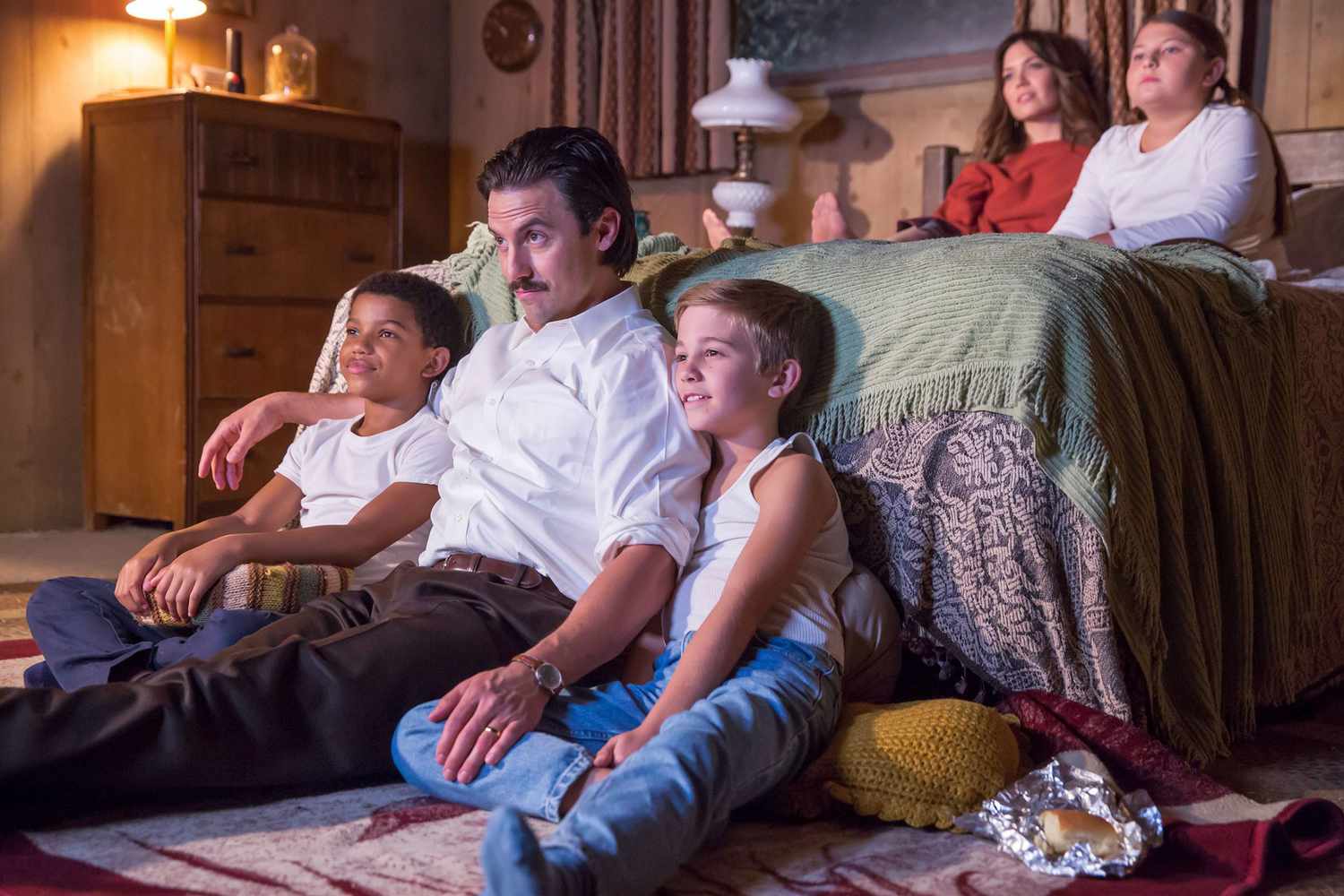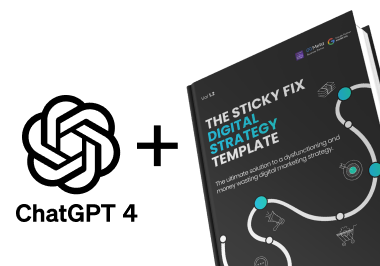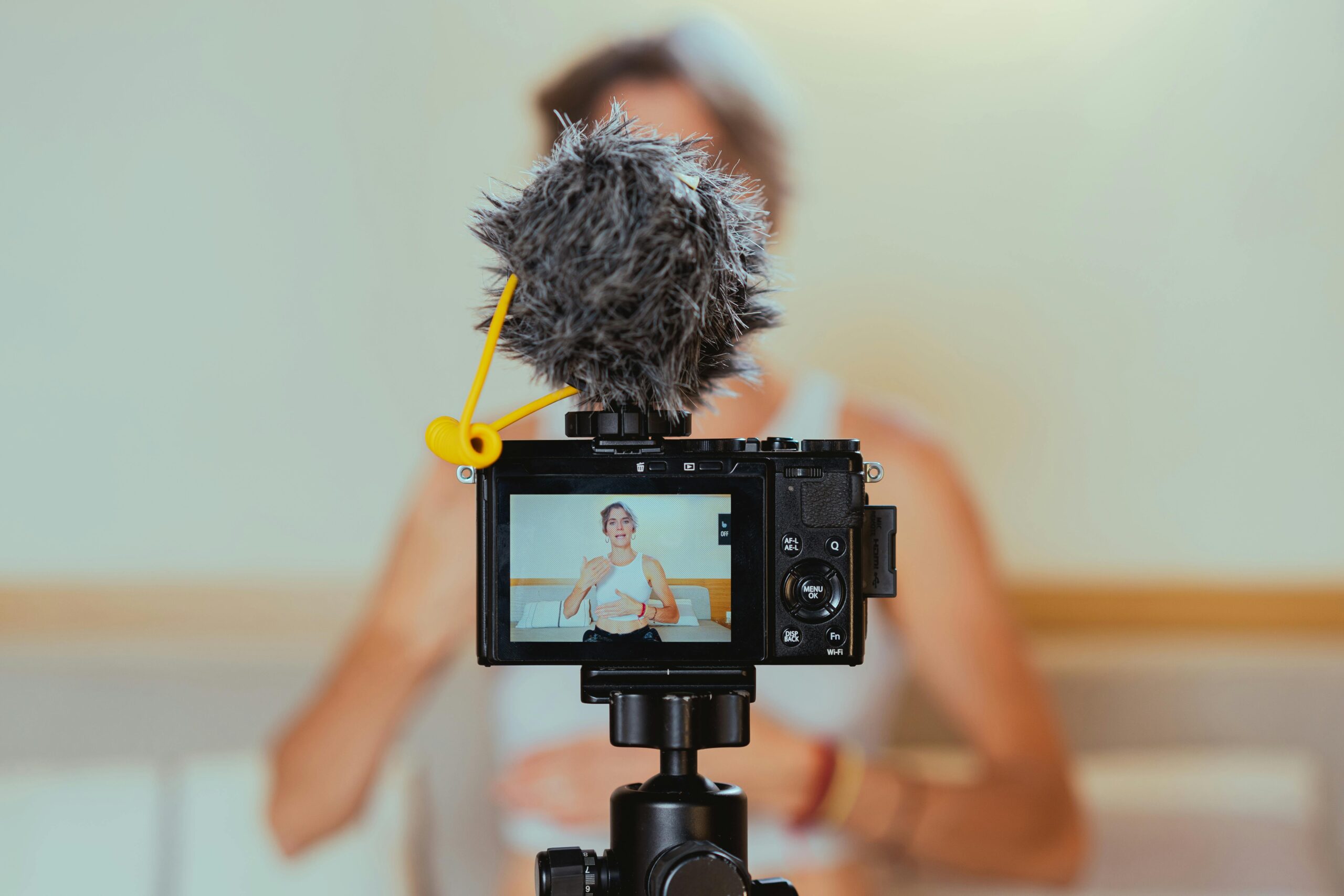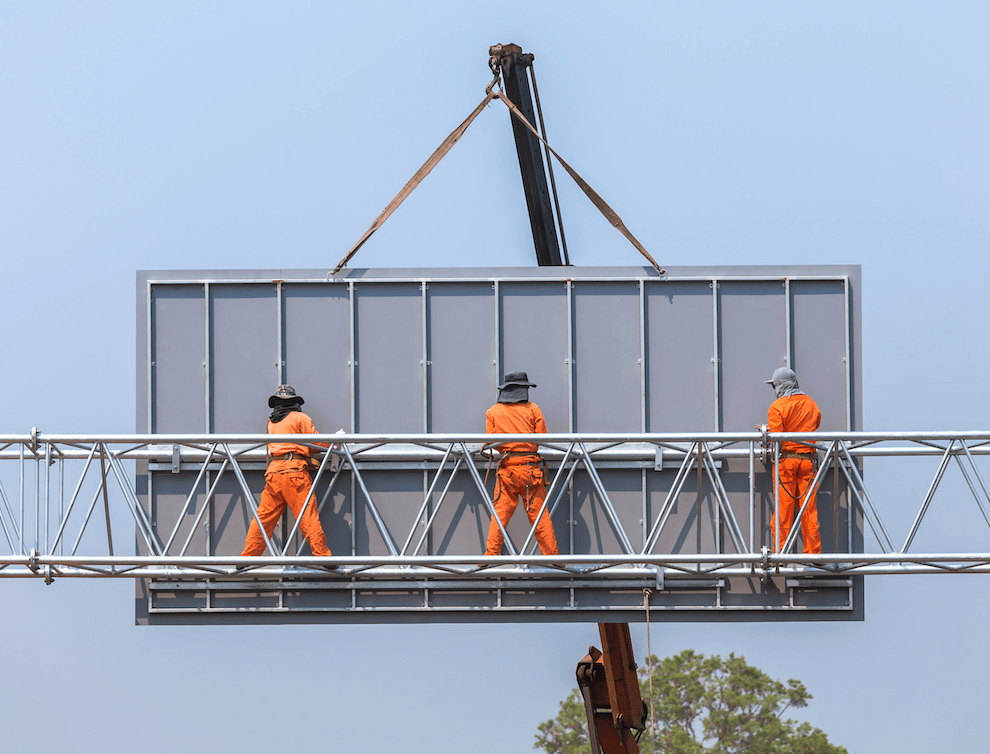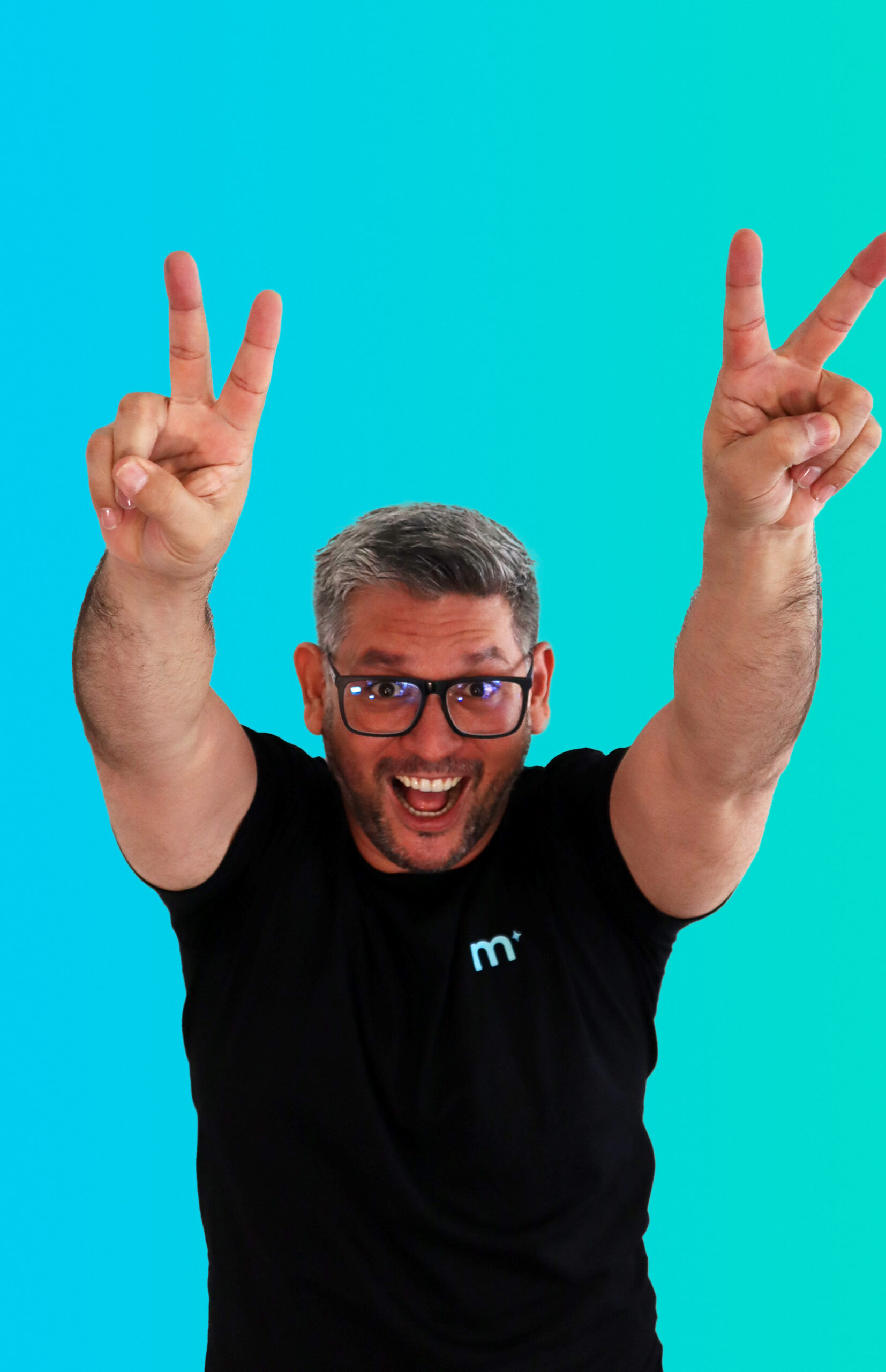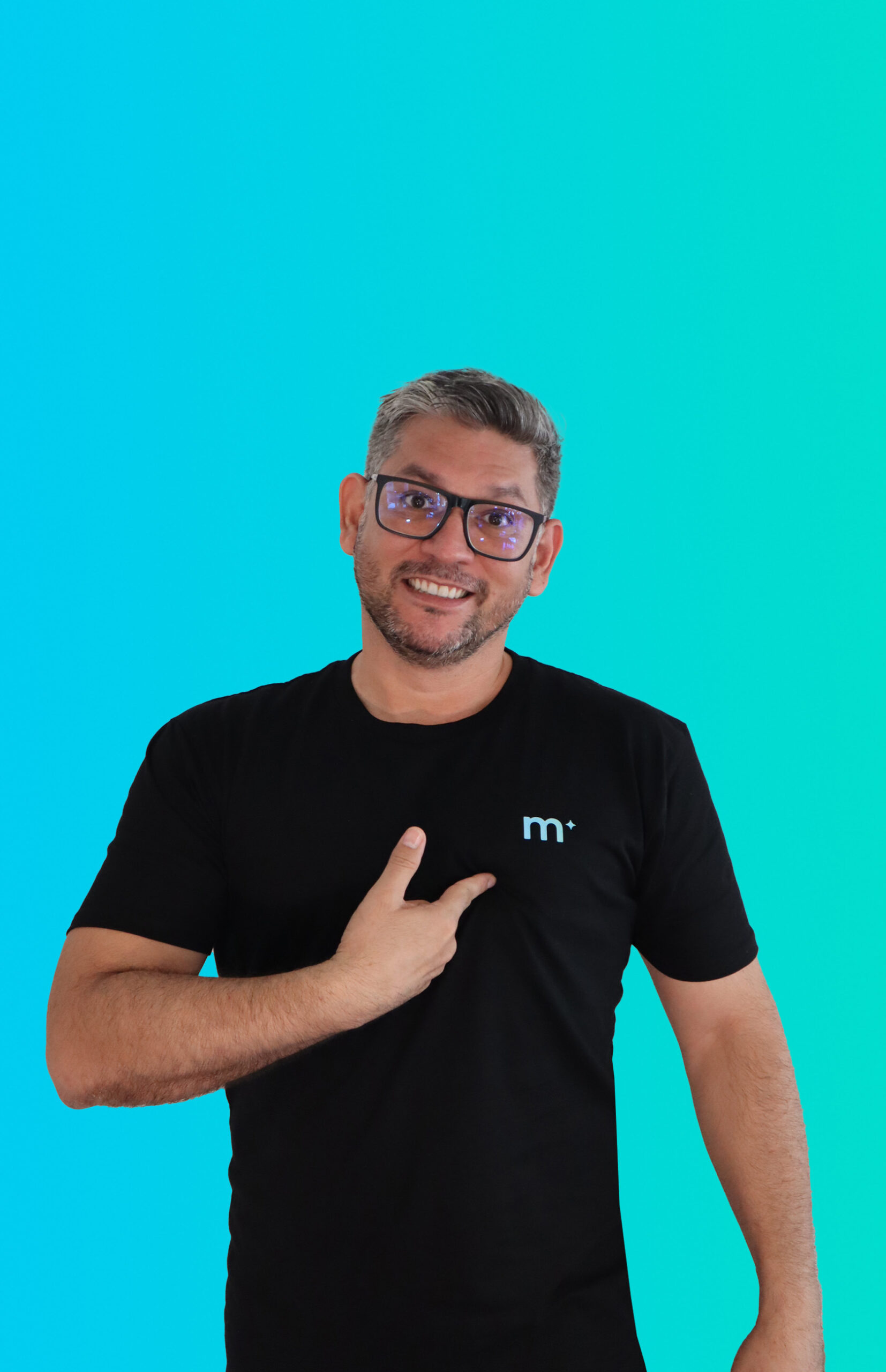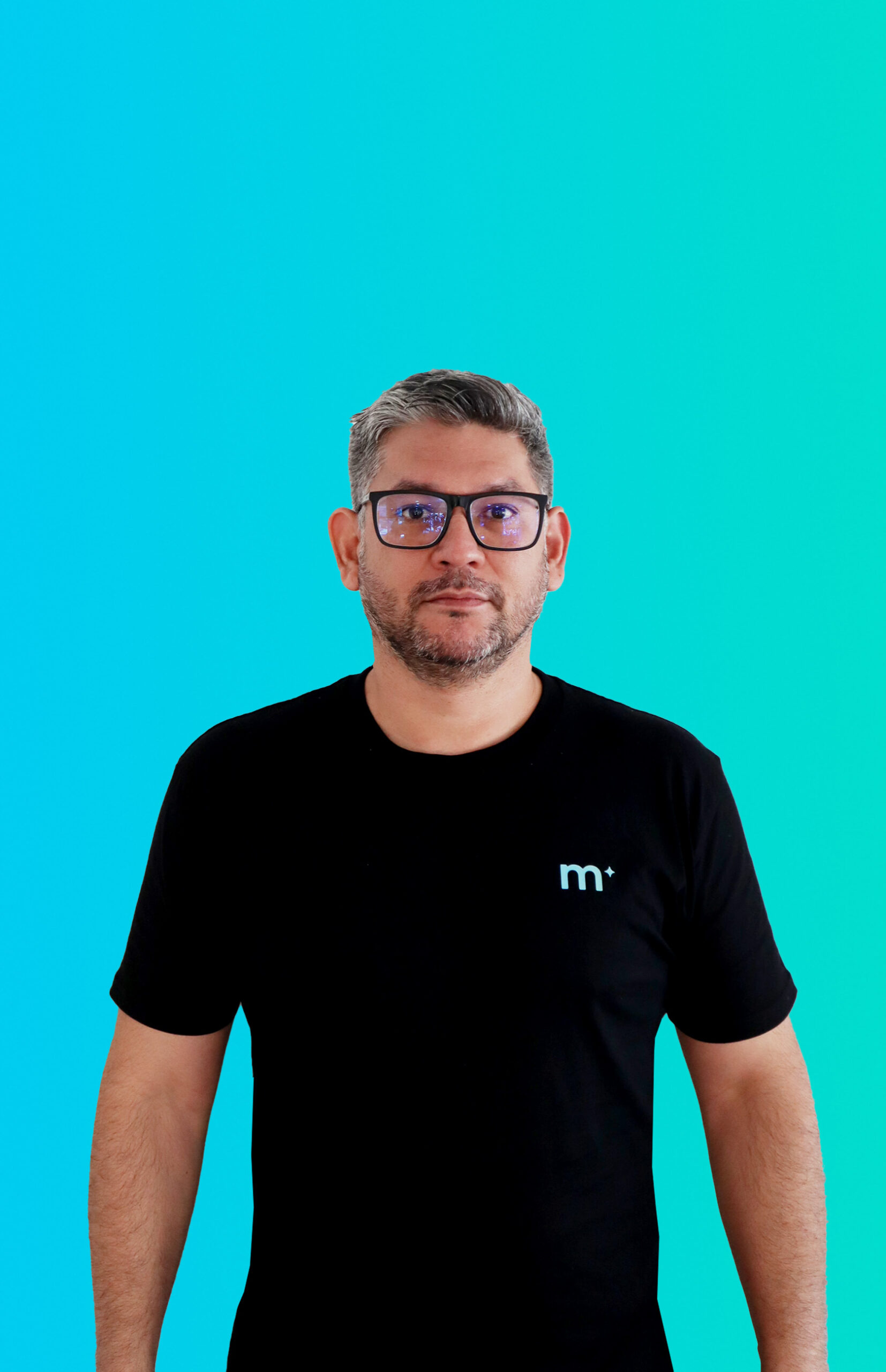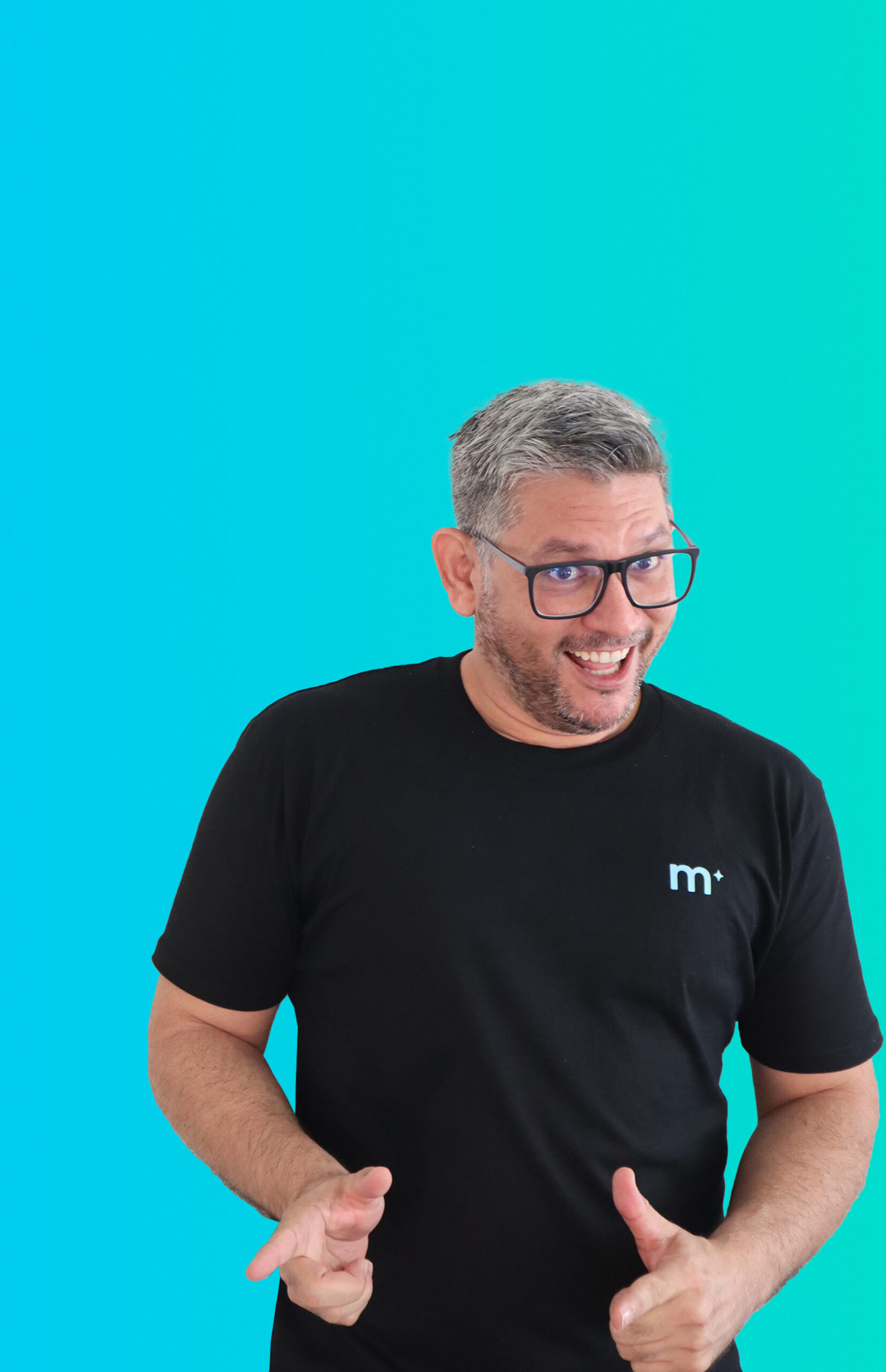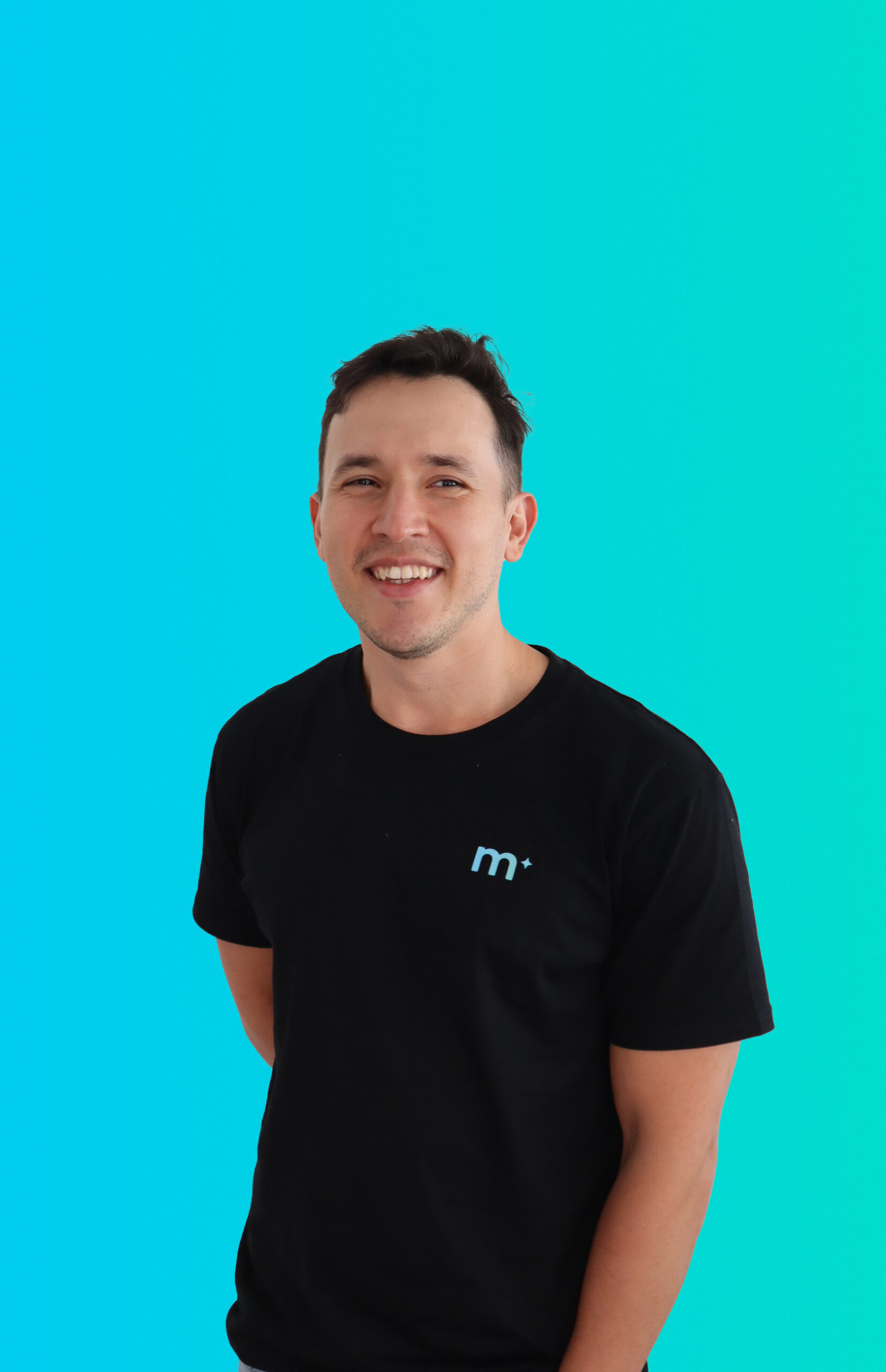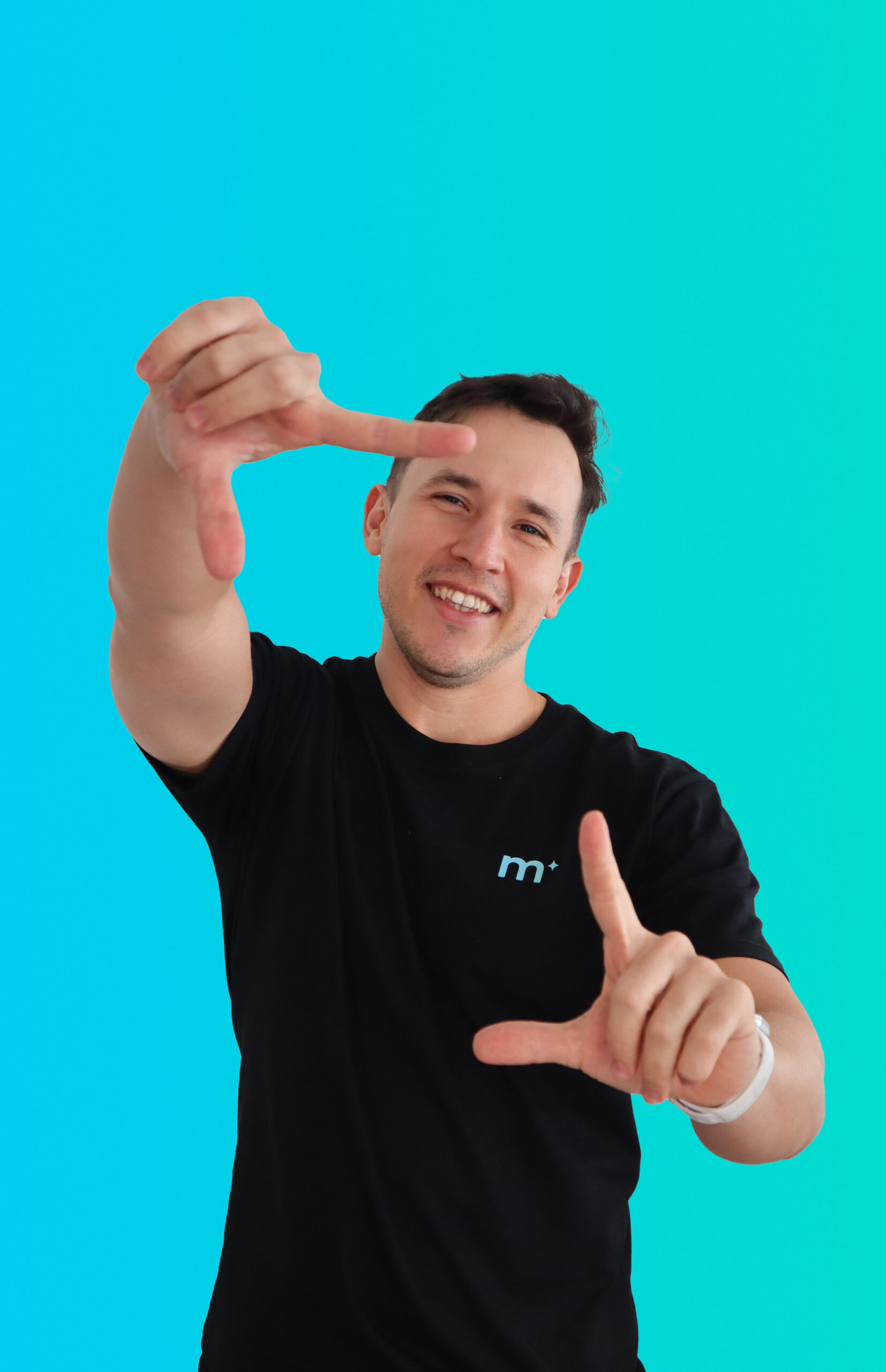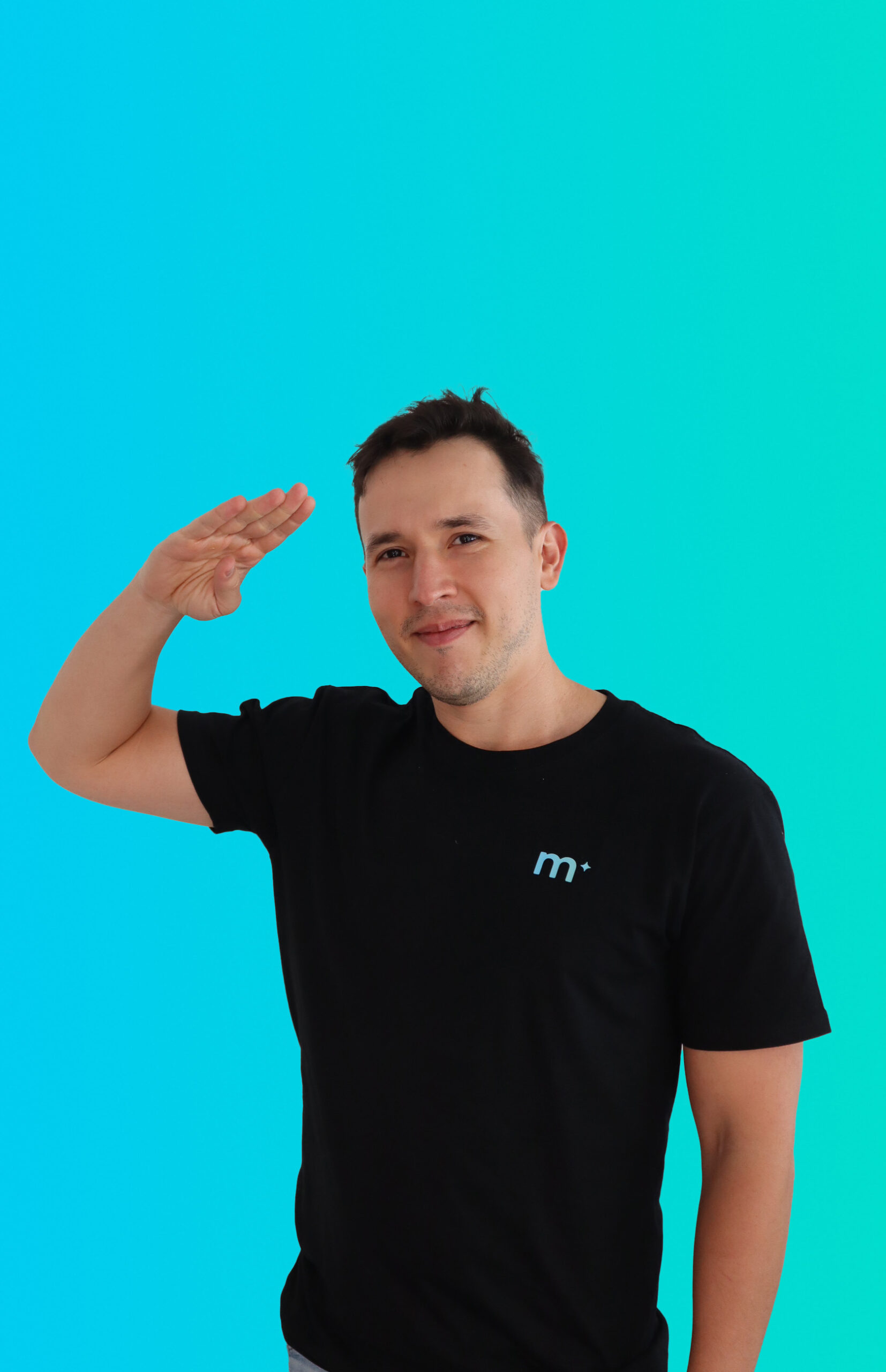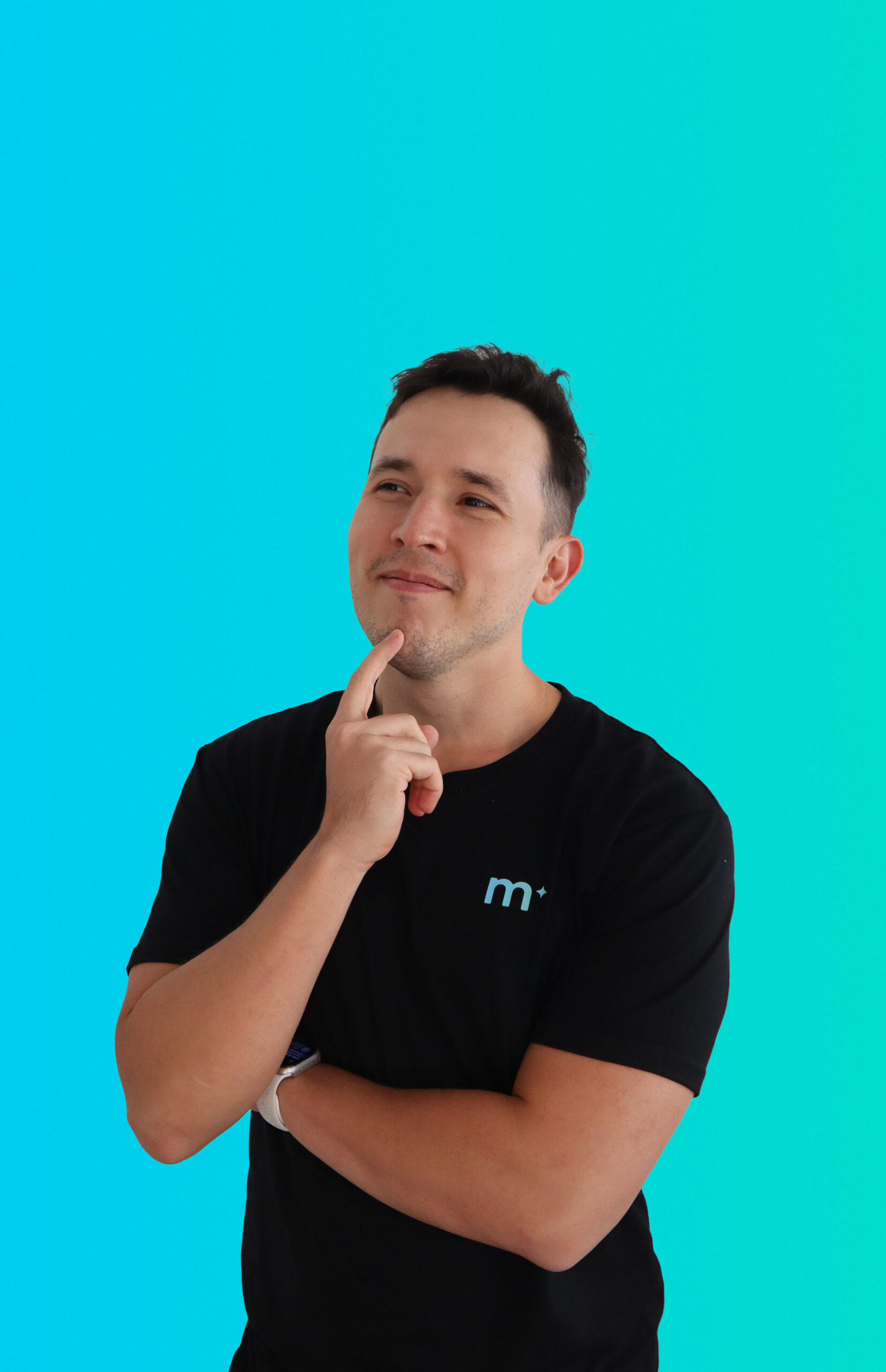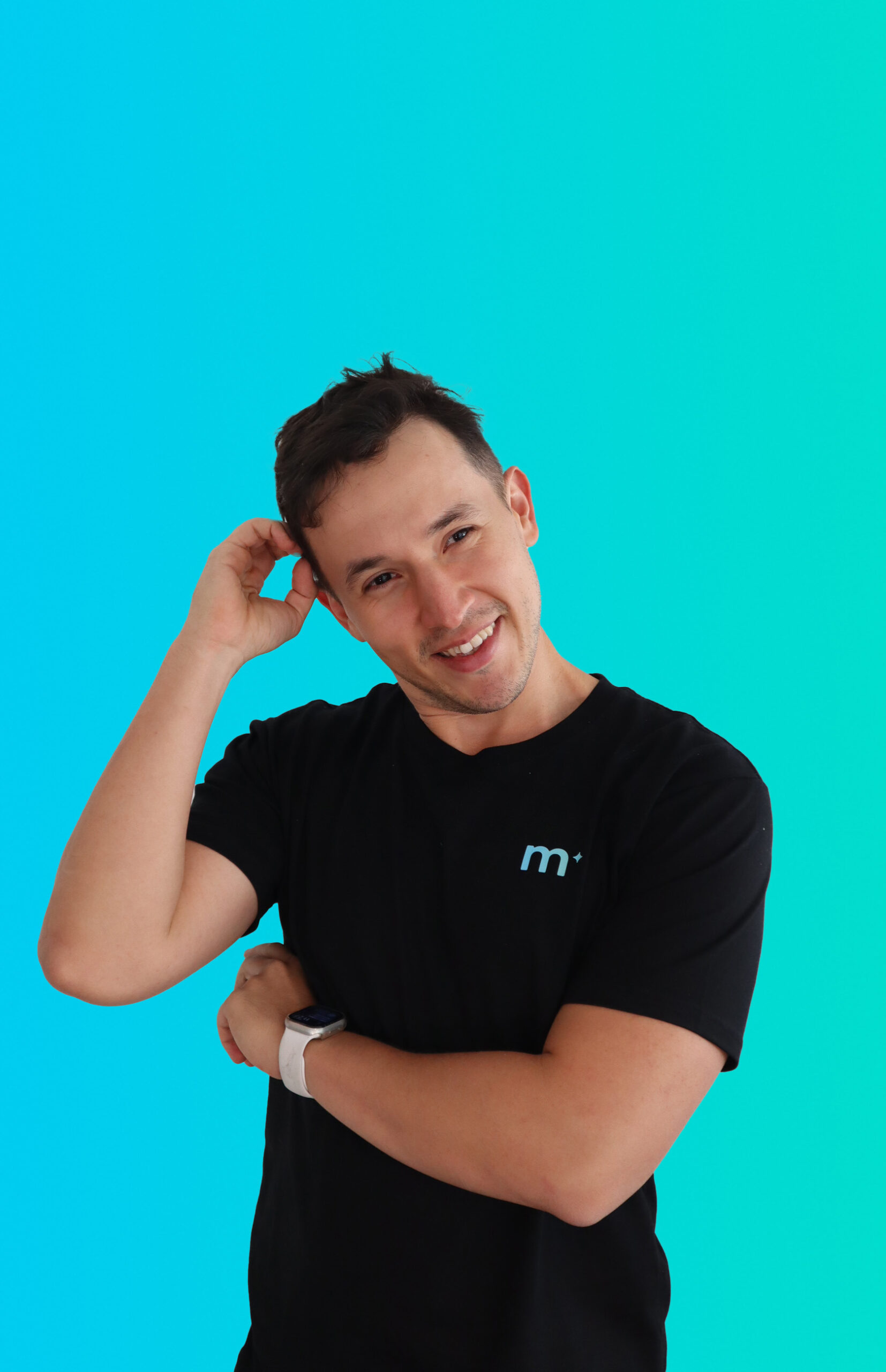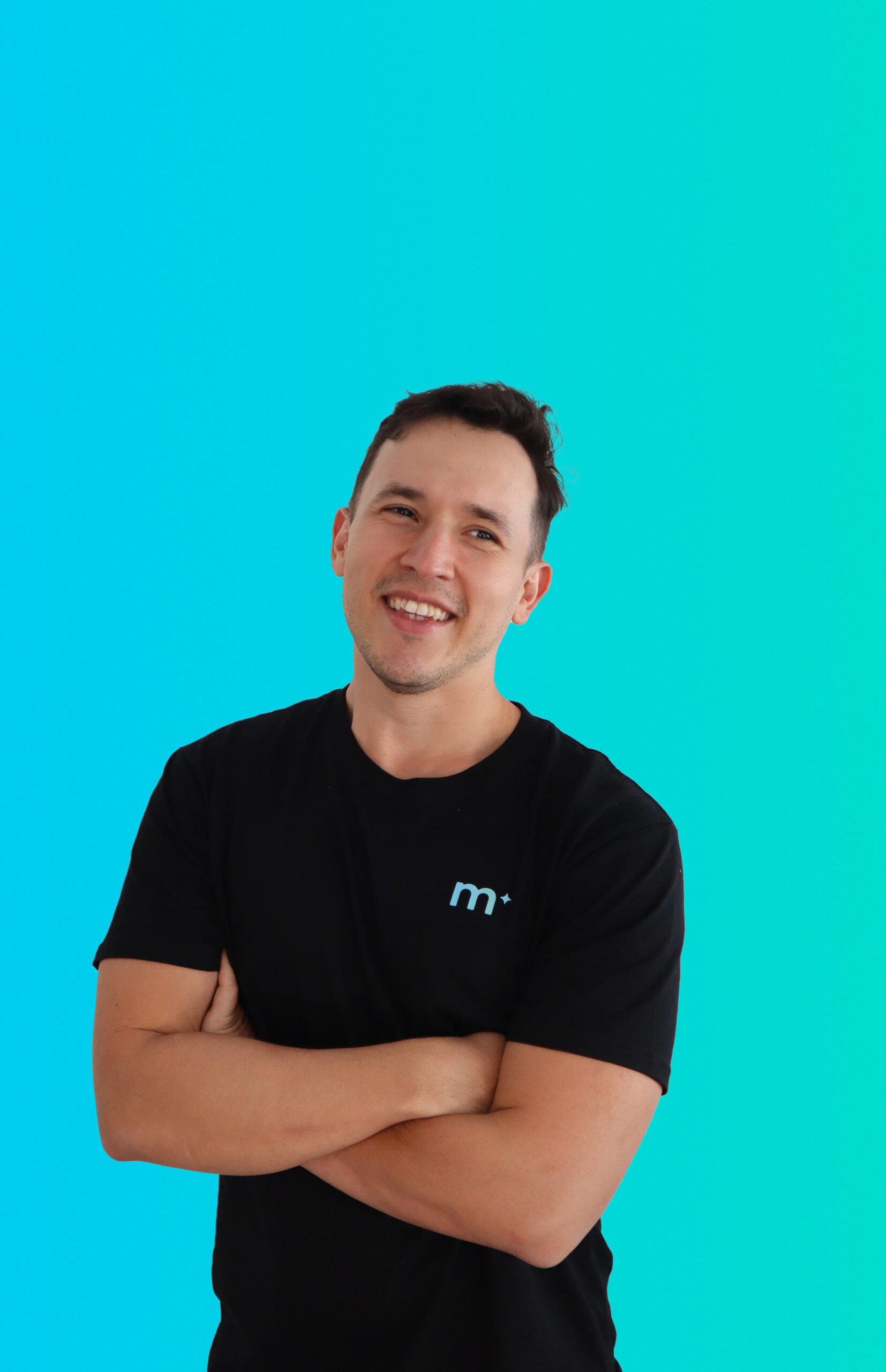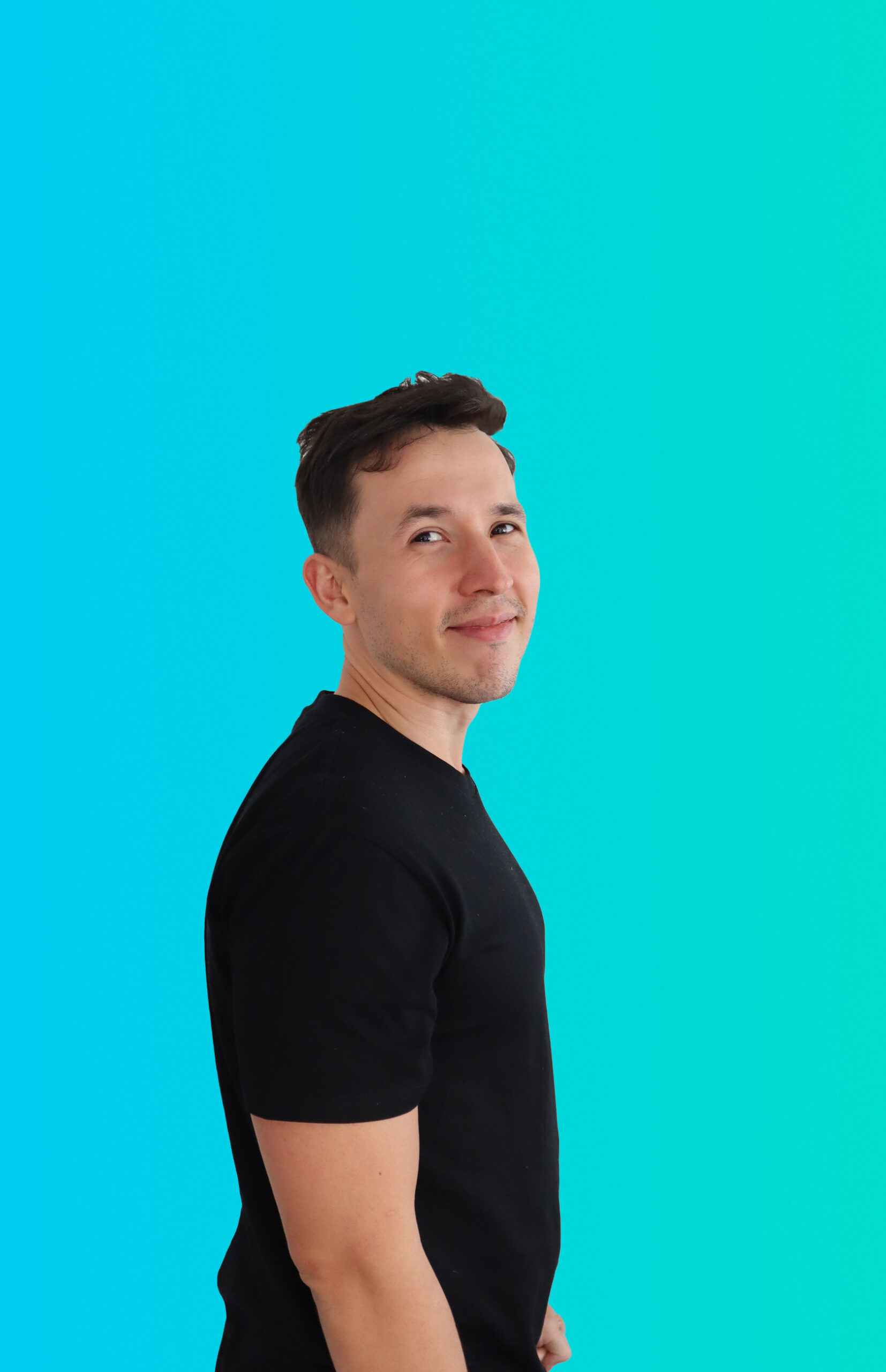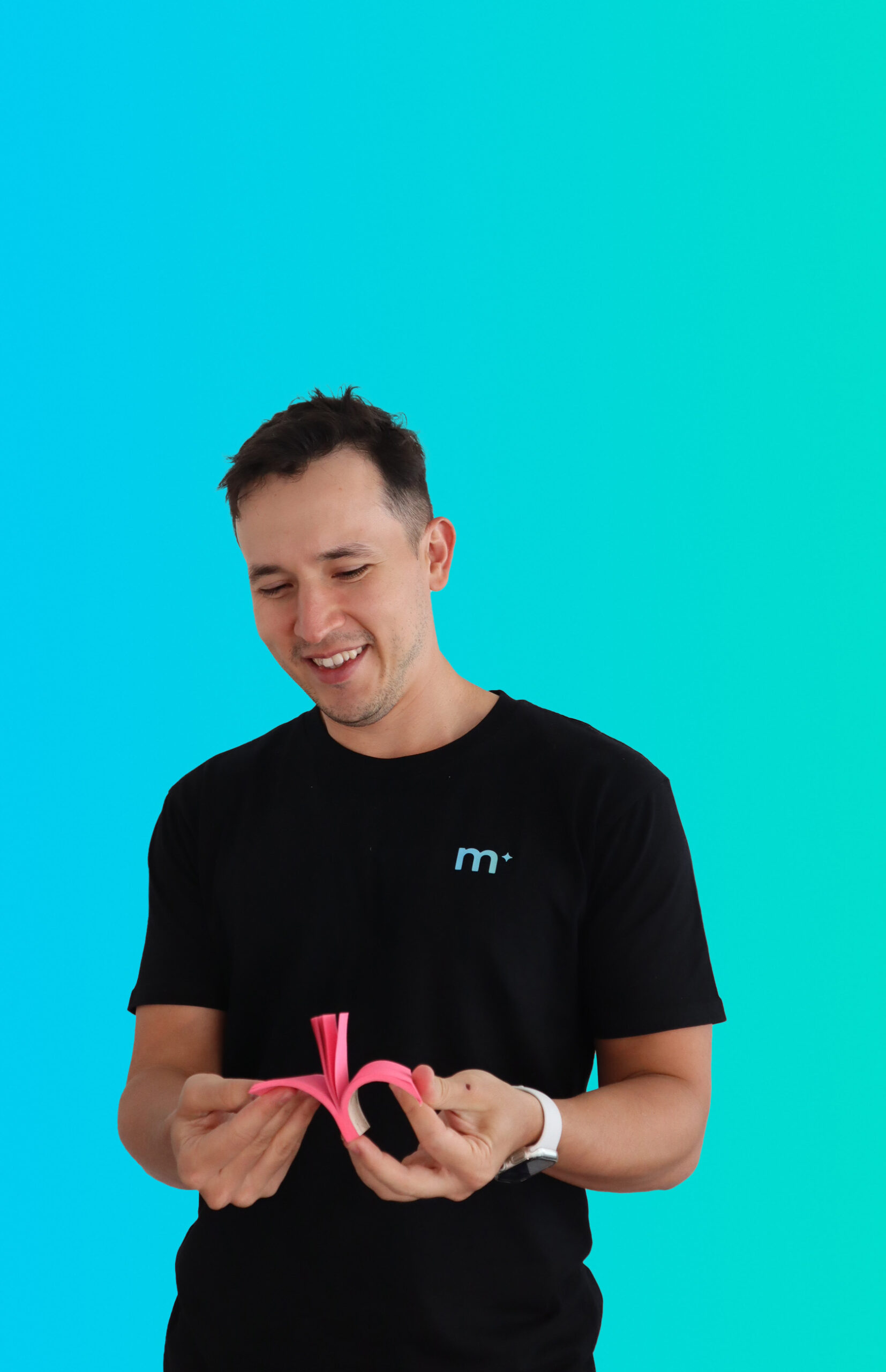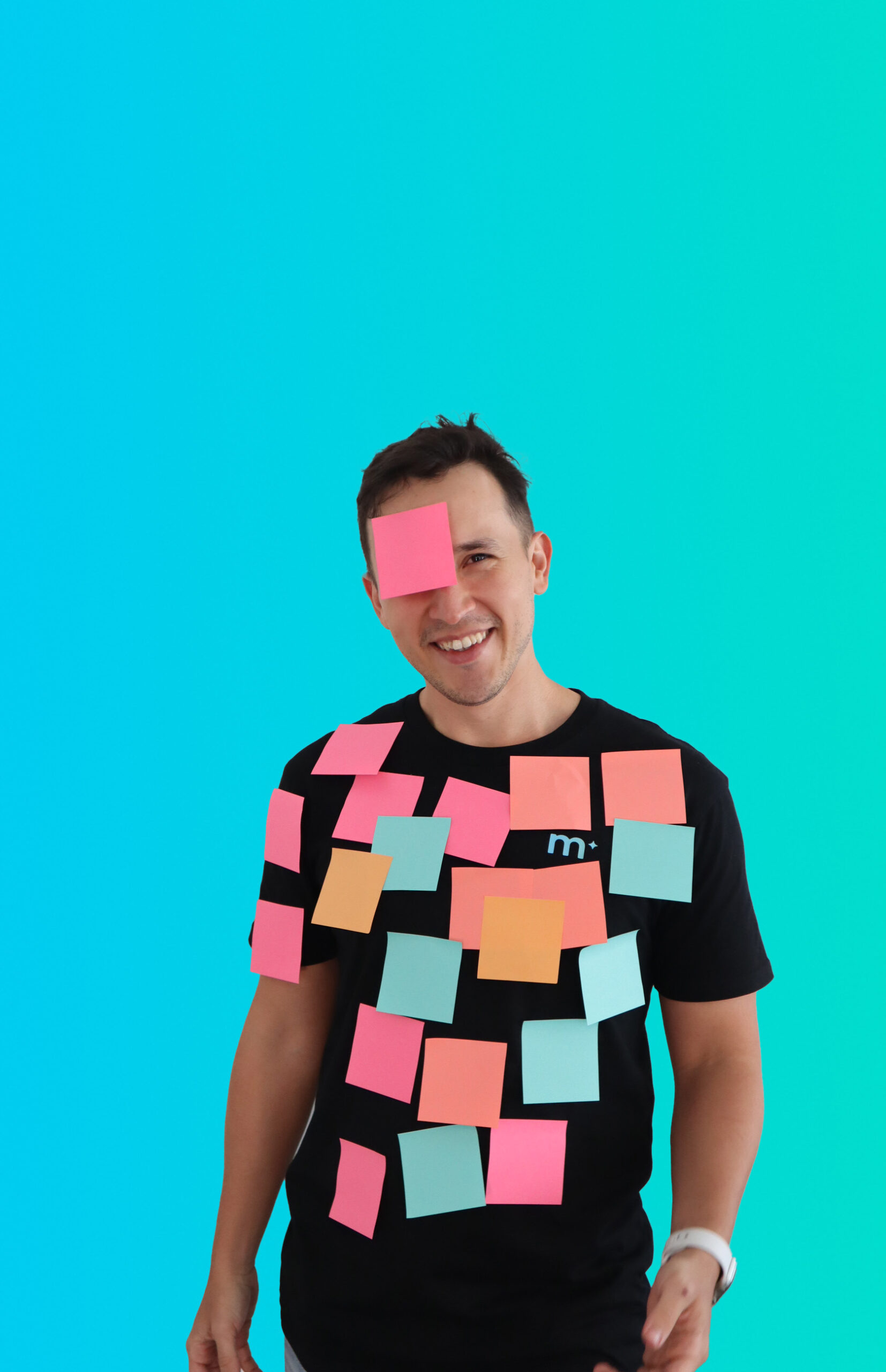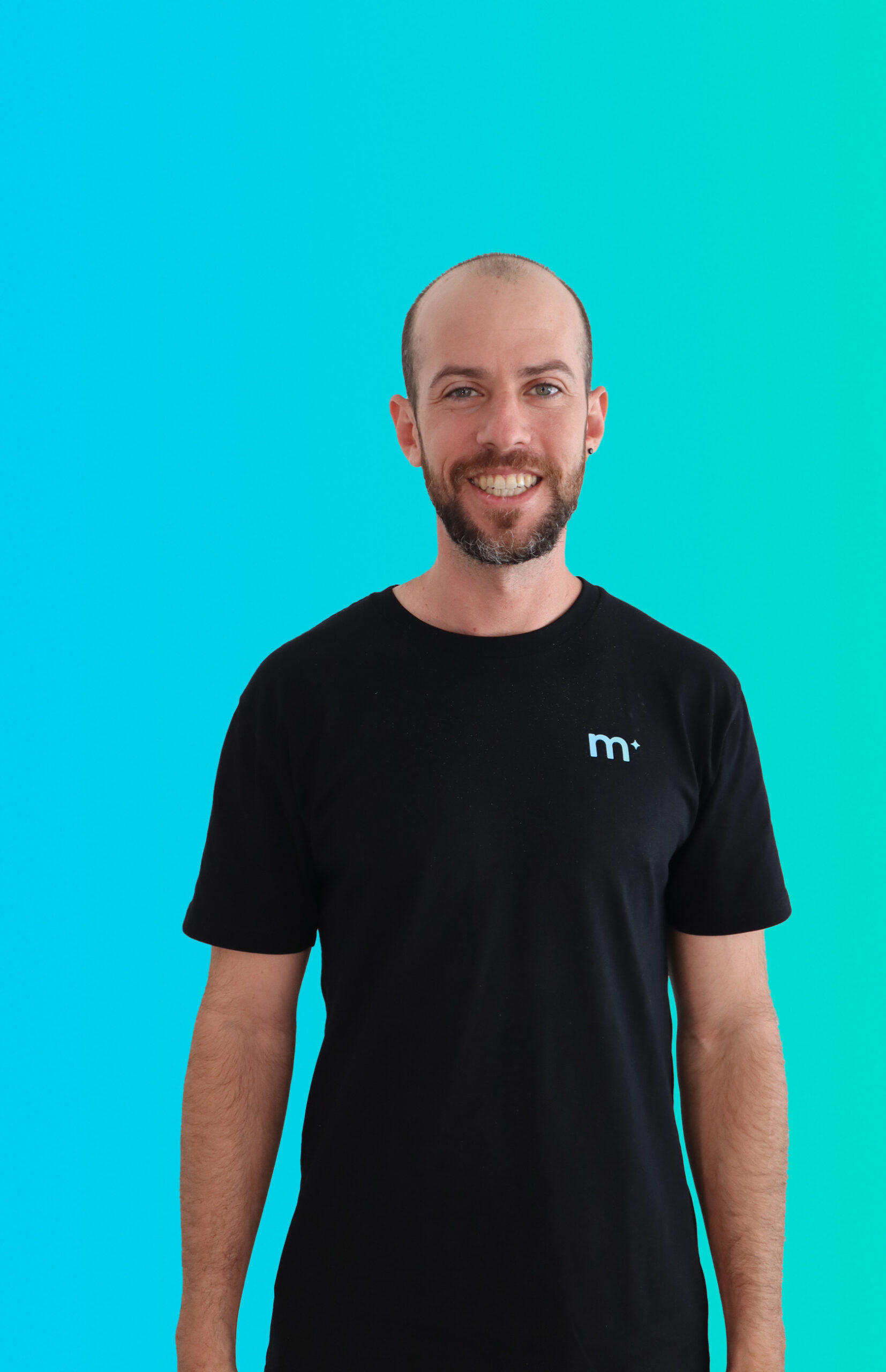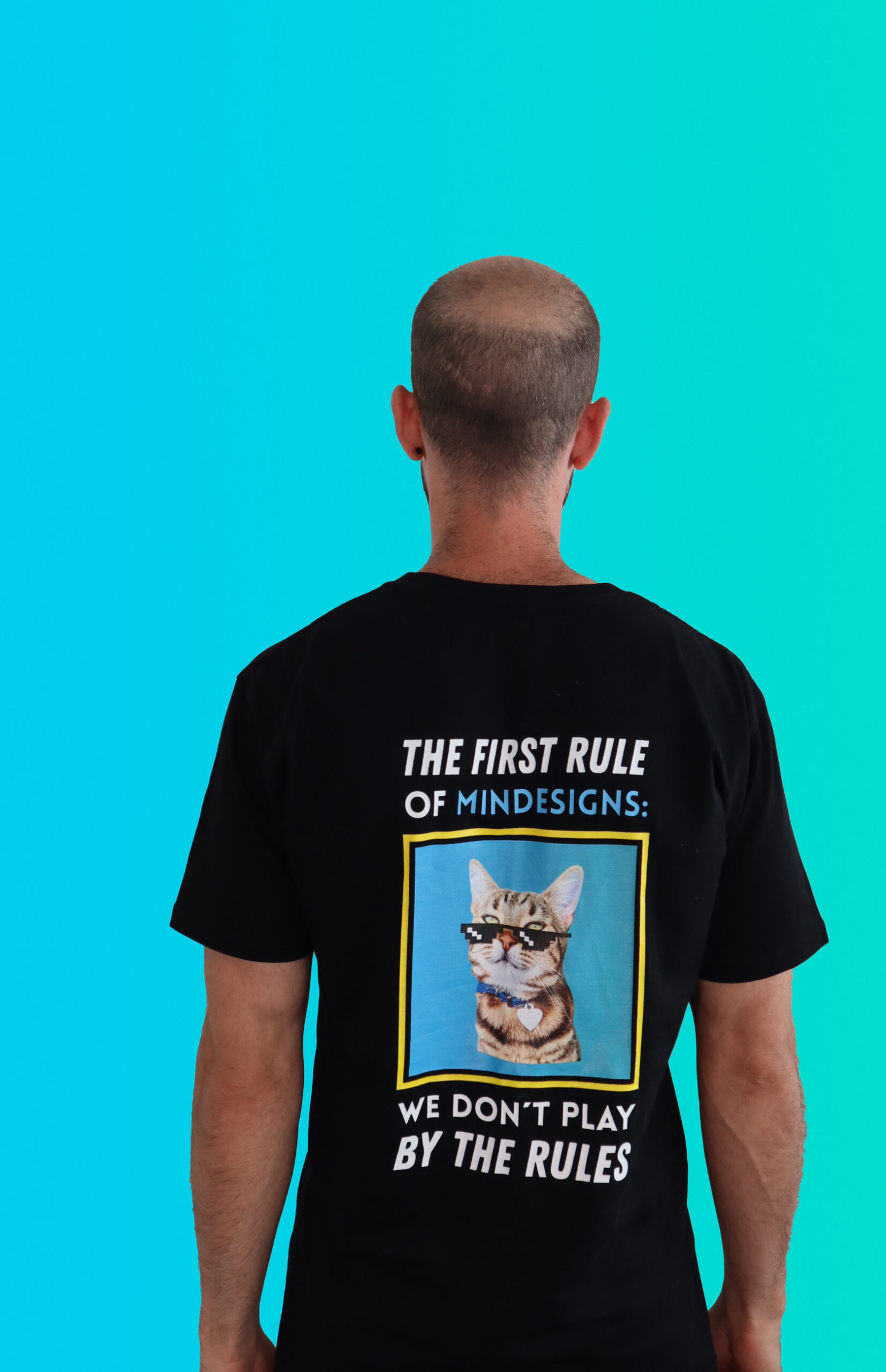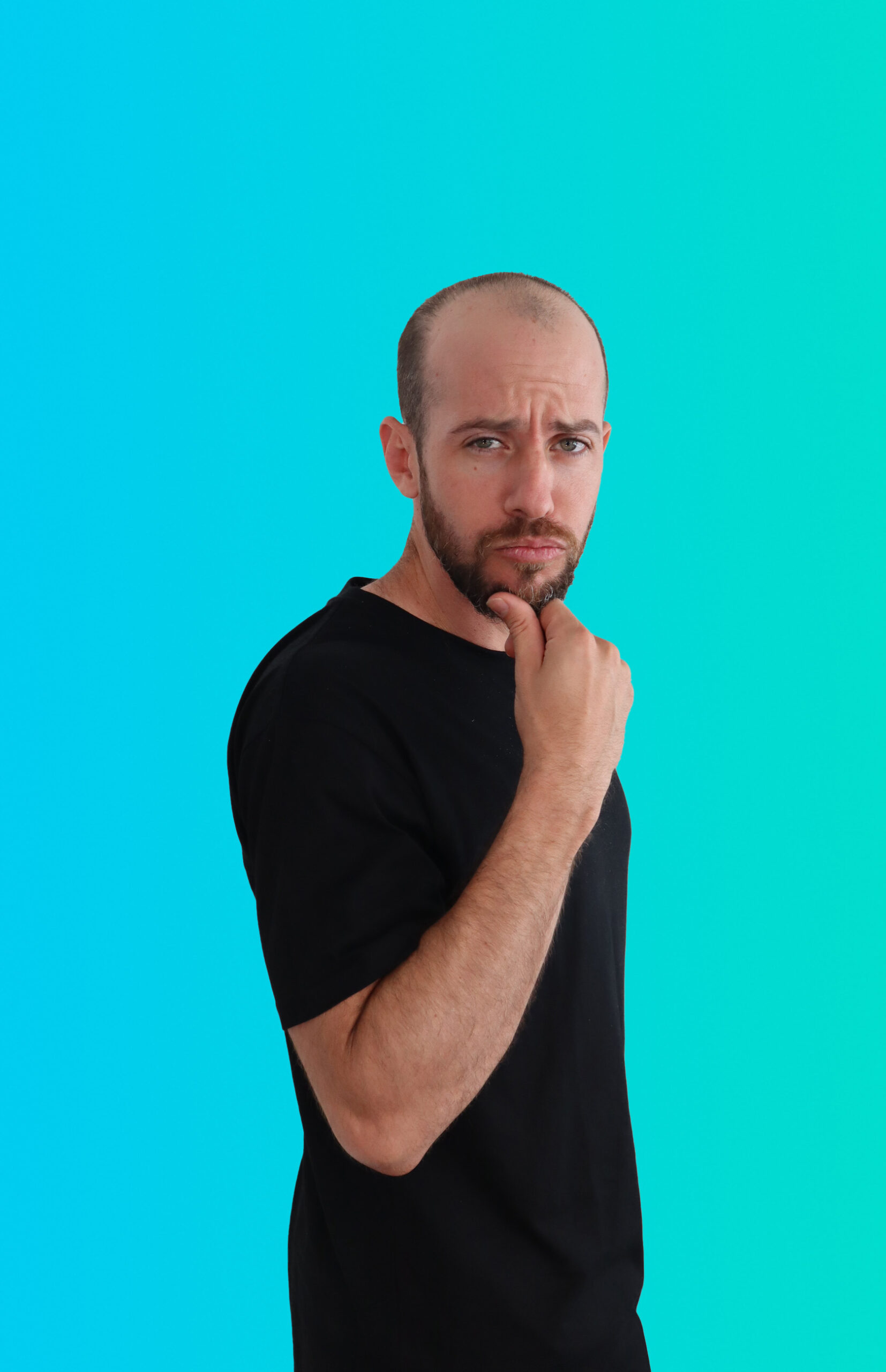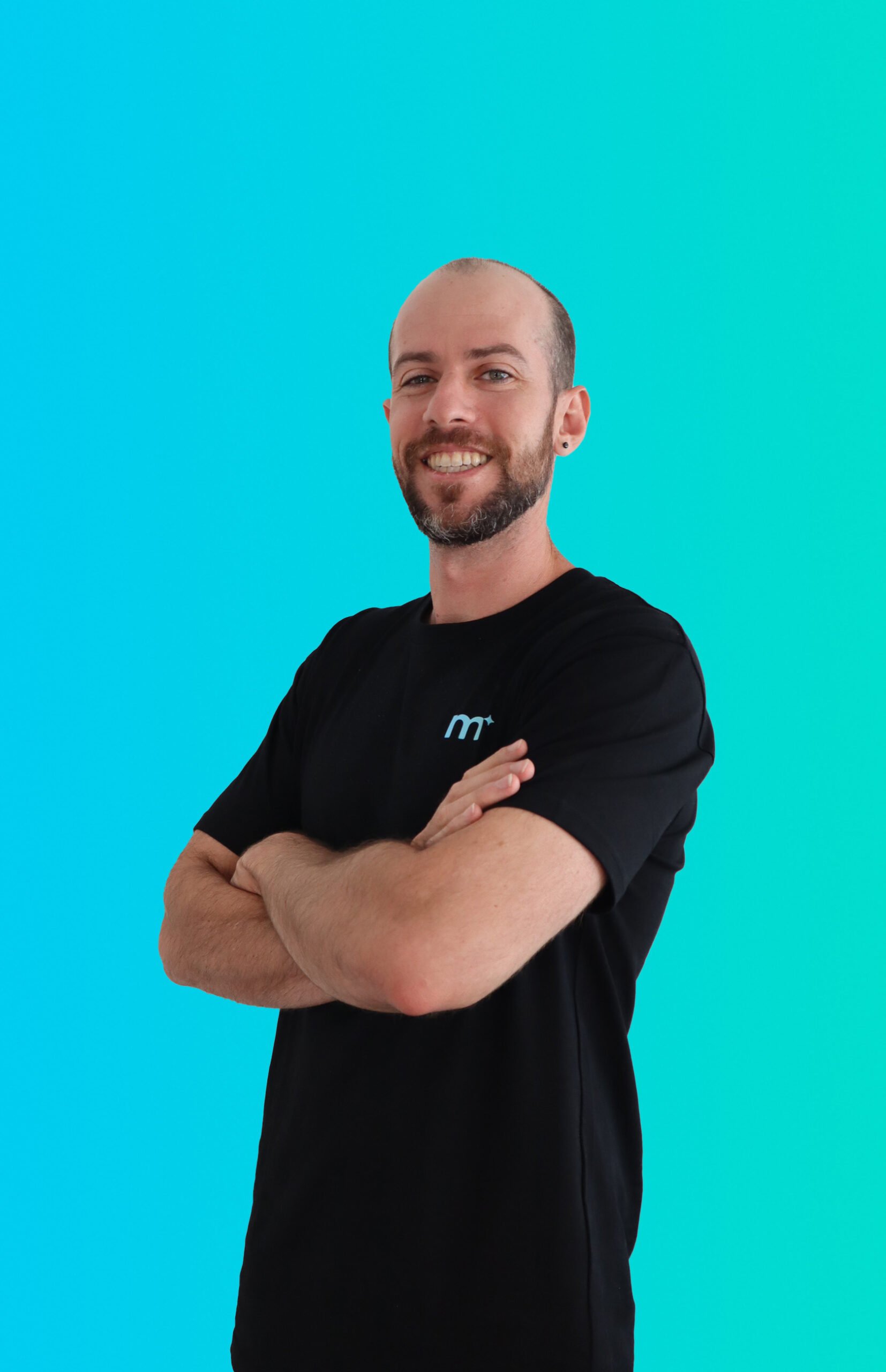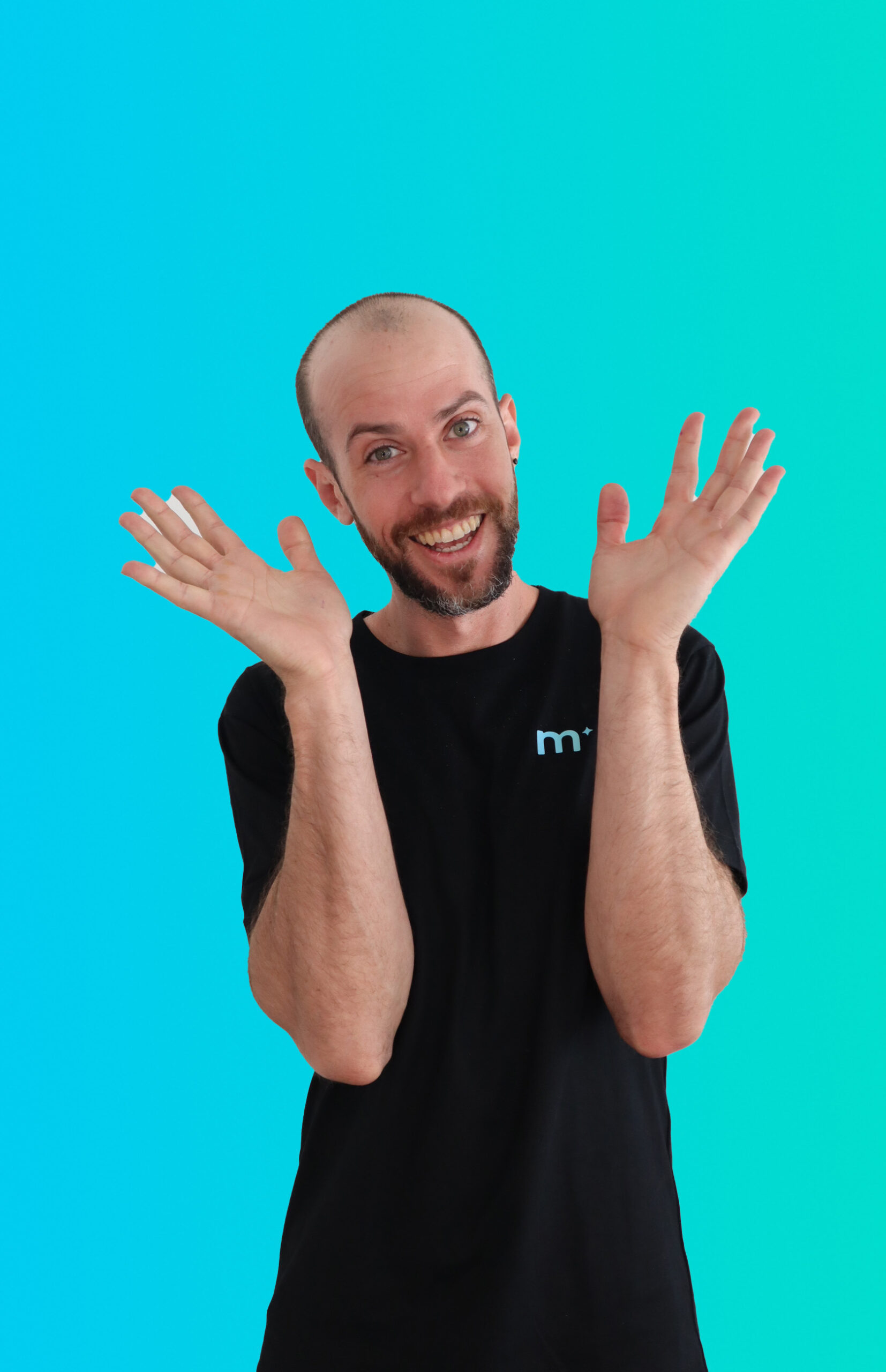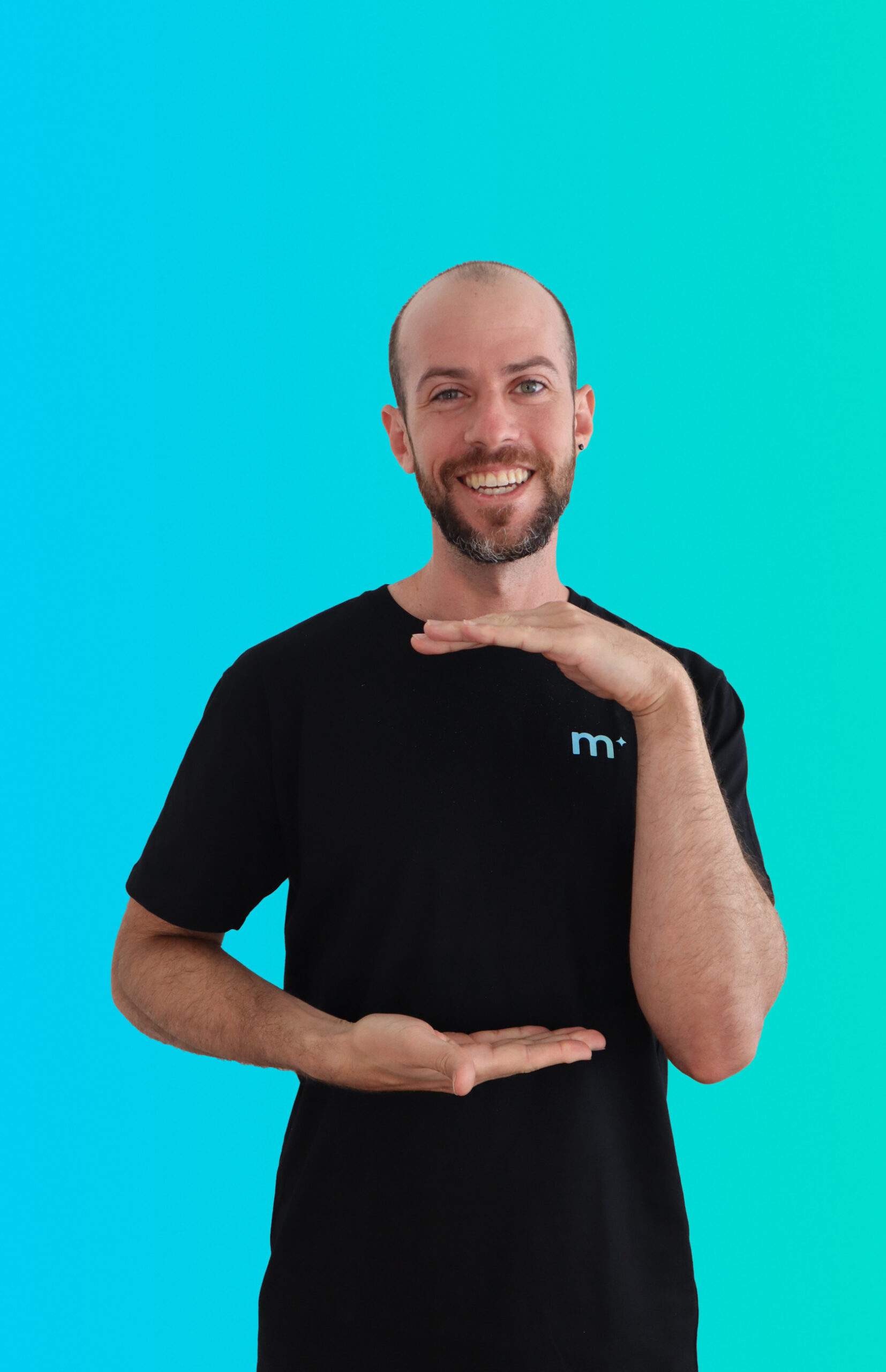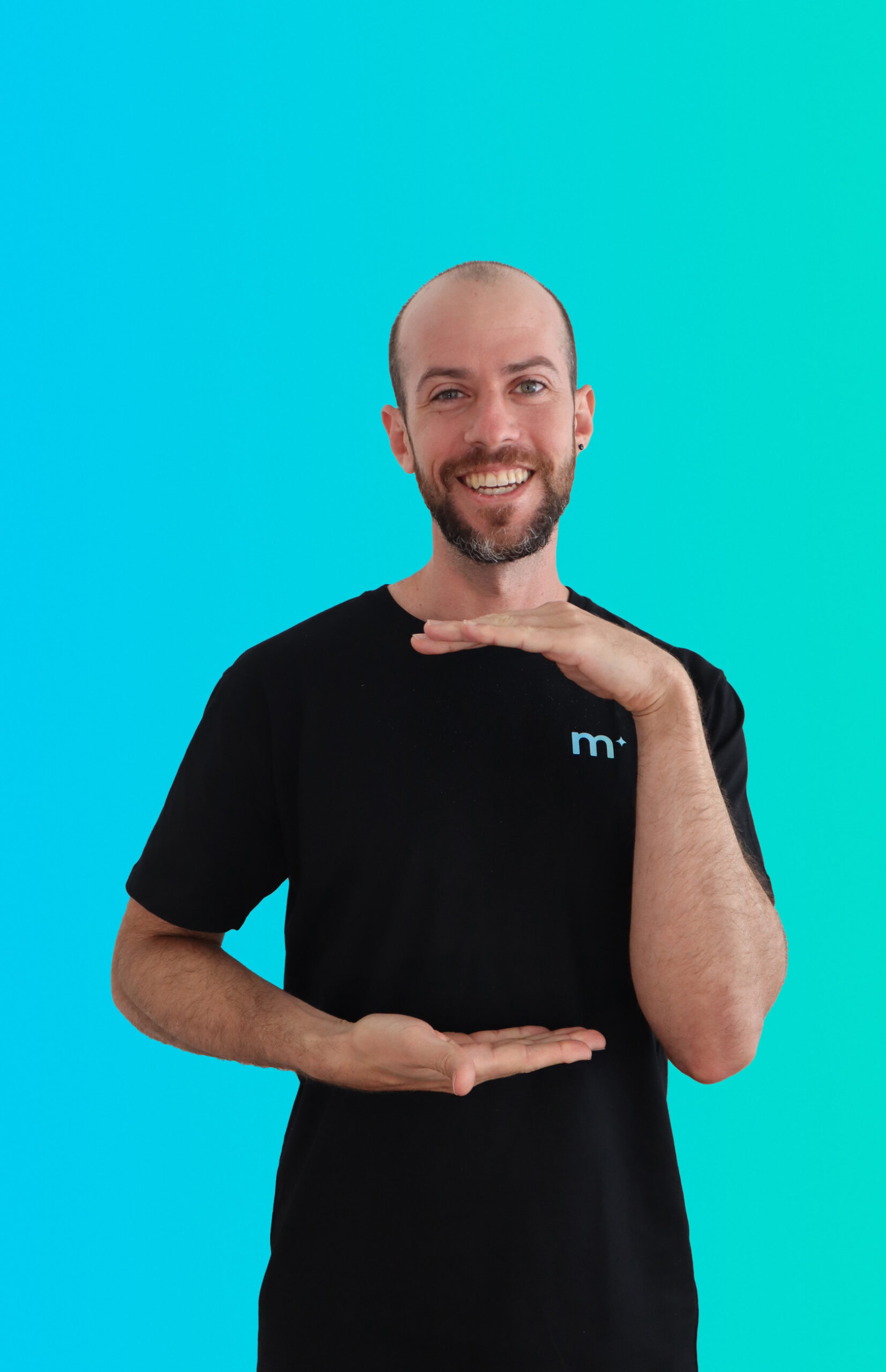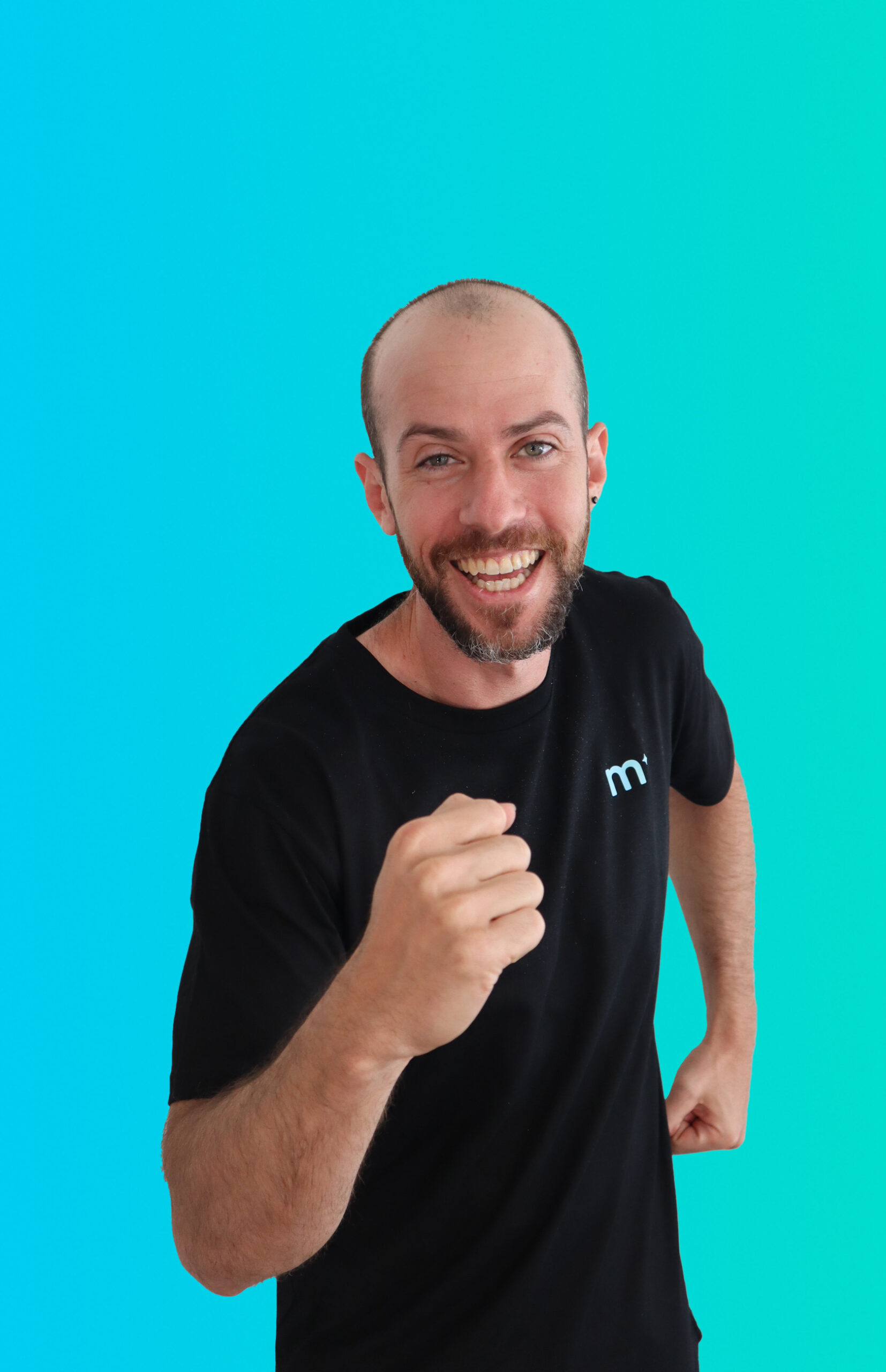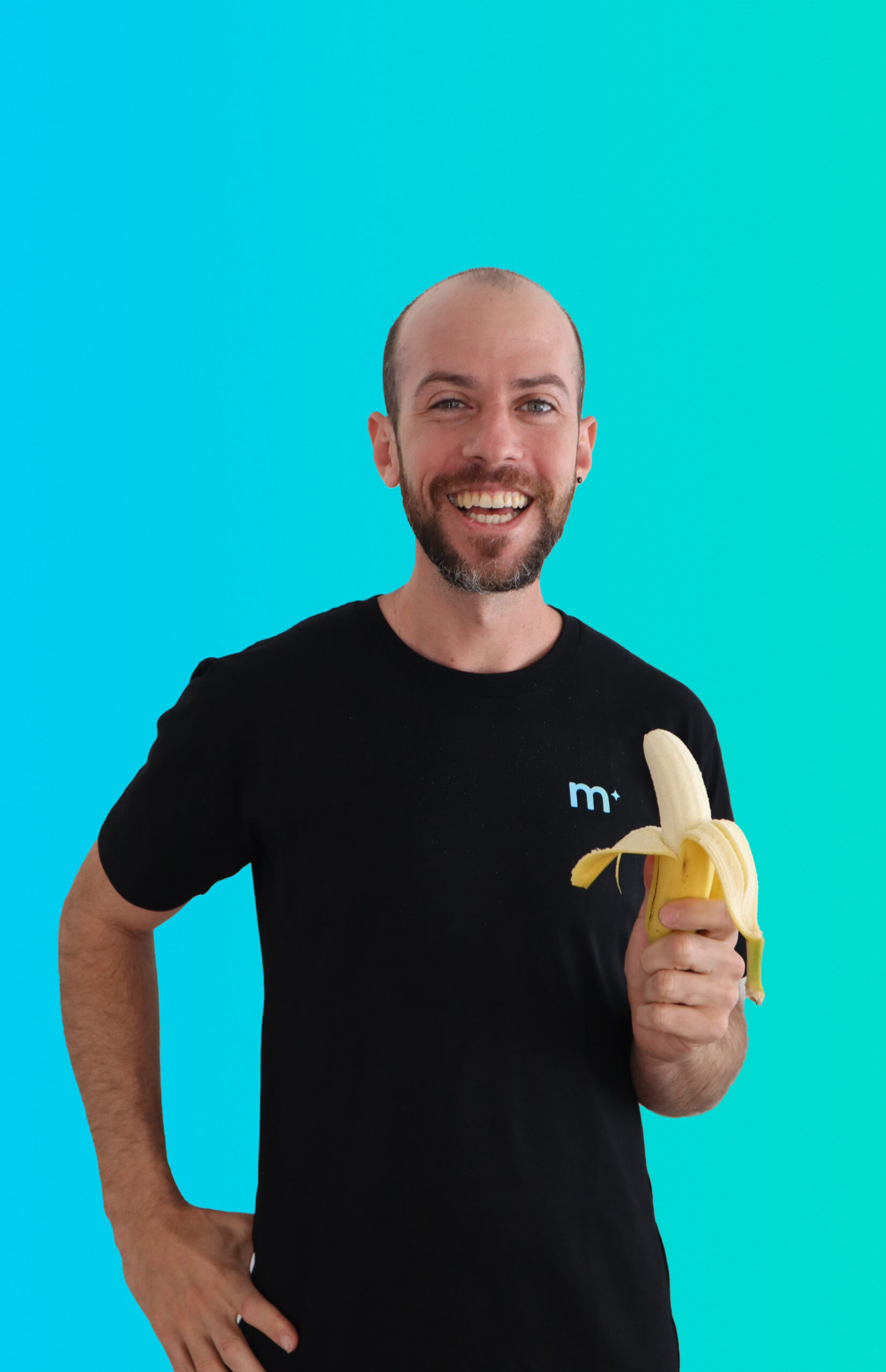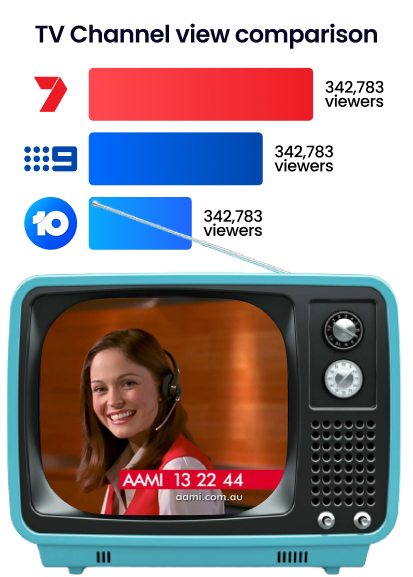Advertising in Australia through TV and radio encompasses a wide range of costs influenced by various factors. In a nutshell, if you want to try this advertising approach, we usually recommend having a budget of $5,000 – $20,000. Let’s explore the main considerations affecting TV and radio advertising costs and strategies to get the best ROI on your marketing budget.
TV Advertising Costs
Production Costs: The cost of producing a TV ad in Australia varies significantly, starting at $3,500 and averaging to millions. A high-end production like the Chanel No.5 perfume ad directed by Baz Lurhmann, starring Nicole Kidman, costs around $43 million AUD. However, more modest productions can start from approximately $3,500 + GST per week in smaller cities and upwards of $11,000 + GST per week in more populated cities.
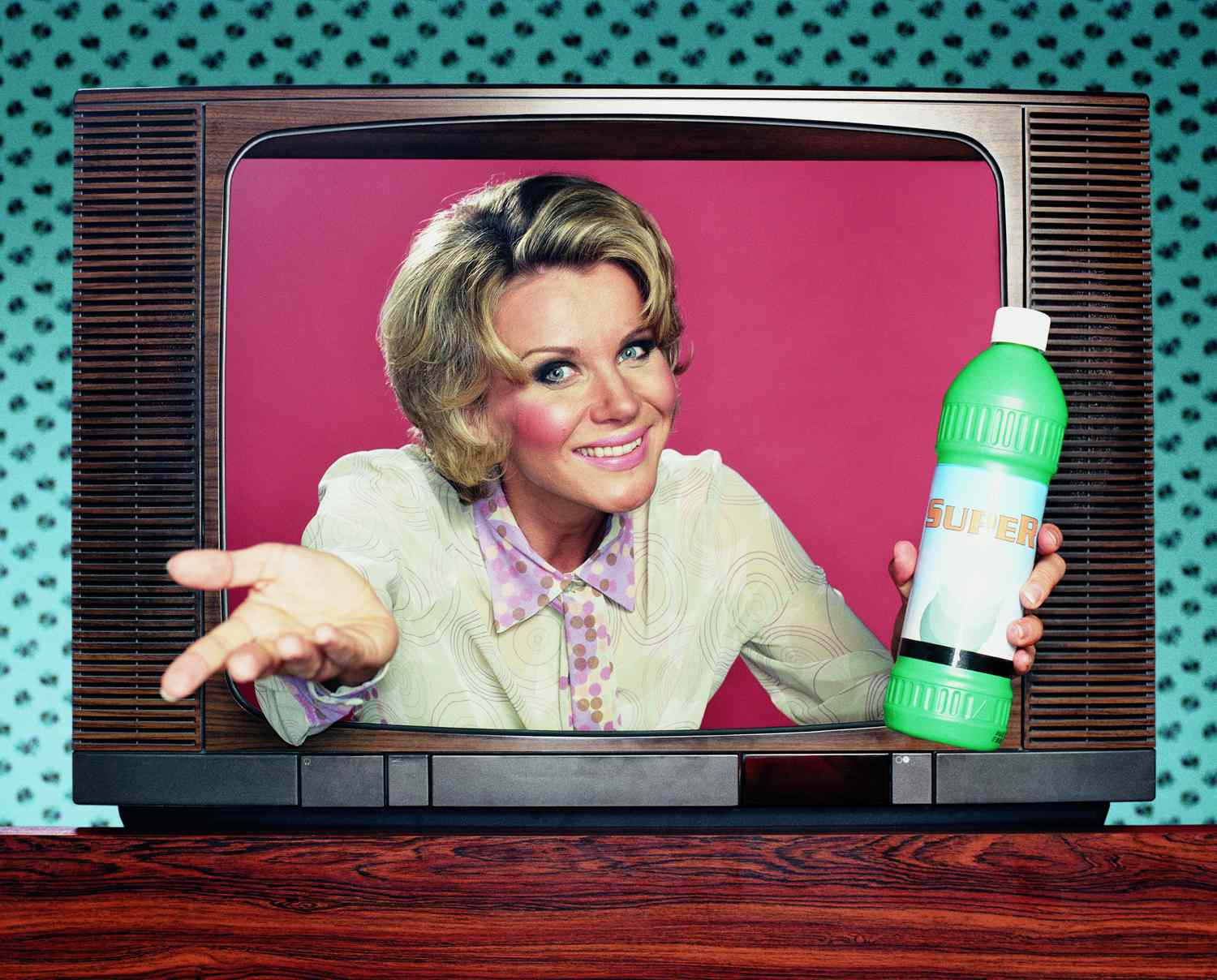
Air Time Costs: Ads shown during popular programs, like sports or news, especially during events like the State of Origin, attract higher costs due to their large viewership. Some TV ads during major events can cost over $55,000 for a single 15-second slot. However, more modest time slots for airing your ad will cost anywhere between $500 – $16,500 for a single slot.

Time Slots: The timing of the ad broadcast is crucial. Prime viewing times, like 7:00pm to 9:00pm, can command higher prices due to larger audiences. Before picking a time slot, it is important to consider when your ideal audience would be watching TV. For example, if kids aged 8-12 are your target audience, broadcasting at midnight might not be the best idea.
Ad Length: Common lengths are 15 and 30 seconds. Diverse ad lengths can be used to maintain audience interest and manage costs.
Relationship with Networks: Long-term relationships with networks or agencies may offer benefits like discounts or free air time.
Live vs. Recorded Broadcasts: Advertising during live broadcasts is typically more expensive due to higher audience engagement and the inability to skip ads.
Radio Advertising Costs
Radio Cost Per Slot: Radio ad slots typically start at around $100/slot and can go up to $500/slot. Here is a cost estimate from Triple M Station: a single 30-second slot varies by city – Sydney ($425), Melbourne ($375), and Brisbane/Perth/Adelaide ($300).
The table below reflects the average ad costs you should expect depending on the time of the day and weekends.
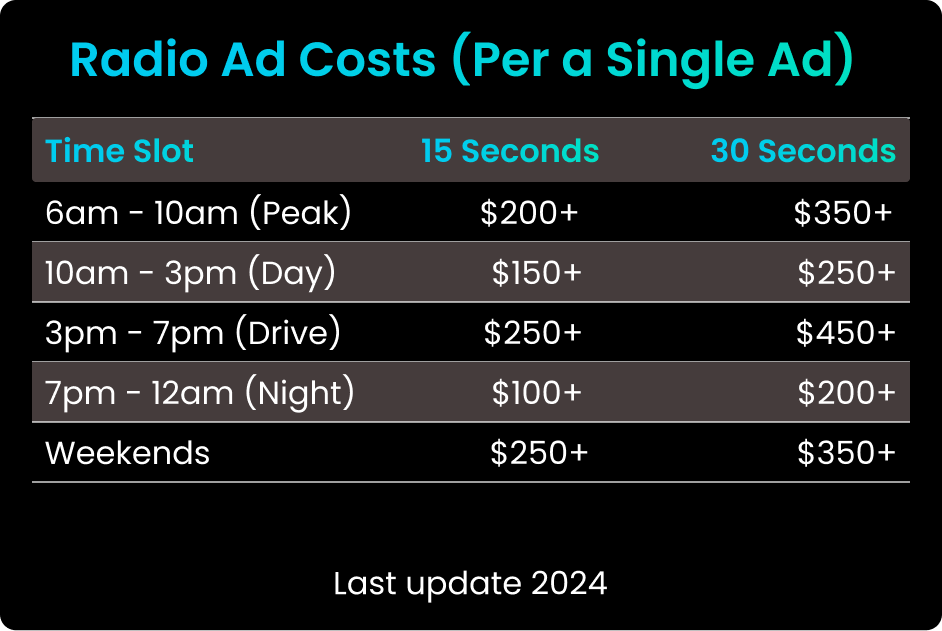
Radio Advertising Cost Calculation: Radio advertising costs are calculated based on the number of times an ad is aired, with charges applied per individual spot. For example, broadcasting an ad five times daily over a week results in 35 spots. At a rate of $100 per spot, this totals $3,500, plus GST.
The precise cost of radio advertising can be determined once the ideal station for reaching your target audience is selected. Generally, a campaign on a capital city station in Australia might cost about $10,000 for effective frequency, while advertising on smaller regional stations could vary between $2,000 and $5,000 weekly.
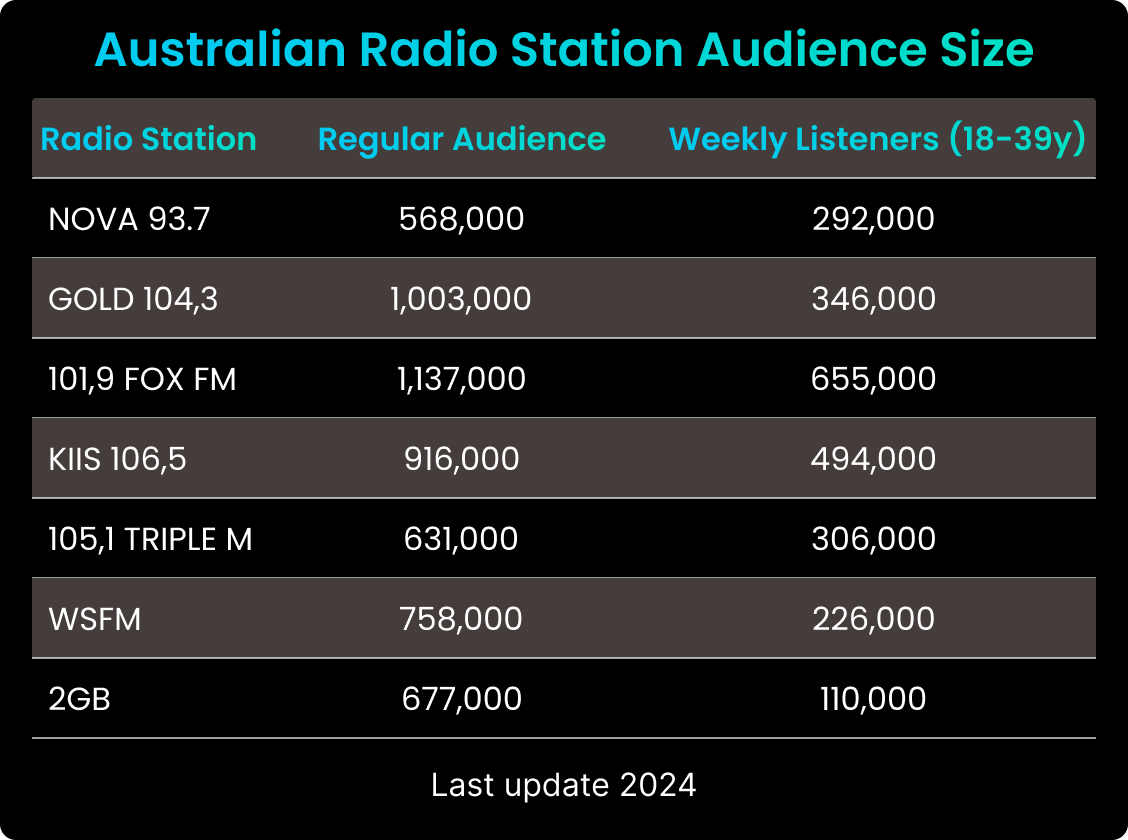
Factors Influencing Advertising Costs: The cost of advertising is affected by several key factors, including the duration of the ad (with common lengths being 15 to 30 seconds), the timing of its airing (with morning and early evening slots considered premium due to higher viewership), and the day of the week (with mid-week spots typically commanding higher rates).
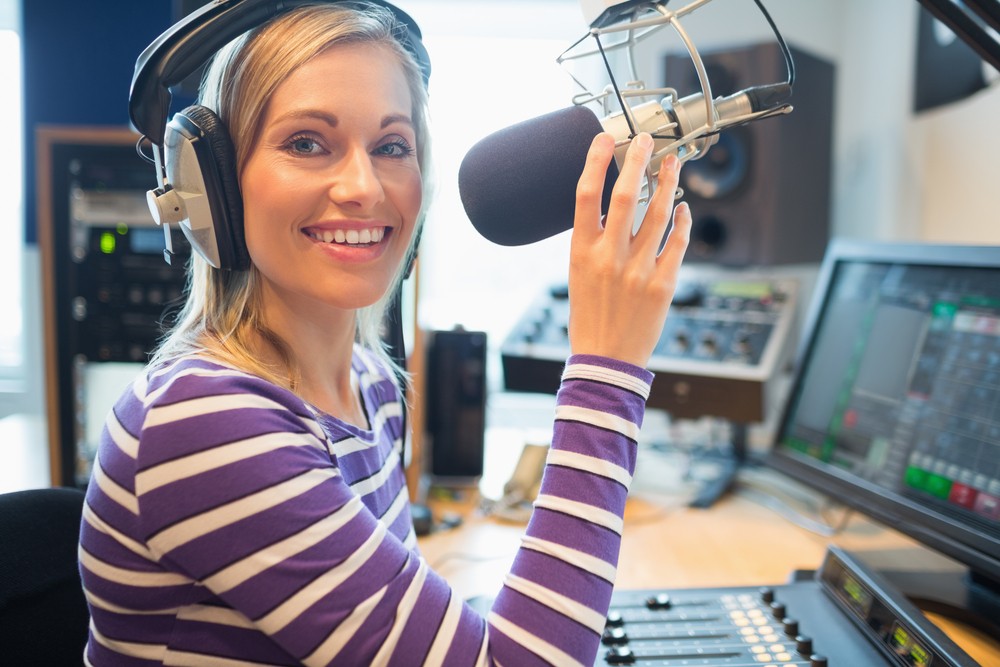
Production Costs: The cost of producing a radio ad can vary from a few hundred dollars to several thousand. Options for businesses include DIY production, hiring an agency, or partnering with a radio station for a package deal. DIY might cost as little as $250 for a voice actor if you write the script yourself, while agency costs range from $300 to $4,000.
These cost variations highlight the importance of careful planning and strategic decision-making in advertising to ensure optimal use of budget and resources. If you are currently looking for an agency to assist with radio ad production, don’t hesitate to get a quote from our agency.
Key Traditional Advertising Considerations
Understanding Your Audience: The choice between TV and radio advertising should be driven by your target audience’s preferences and habits. For instance, if you’re targeting a demographic that commutes frequently, radio might be more effective. Conversely, if your audience is known to consume a lot of television, especially during prime time, TV advertising could be more beneficial.
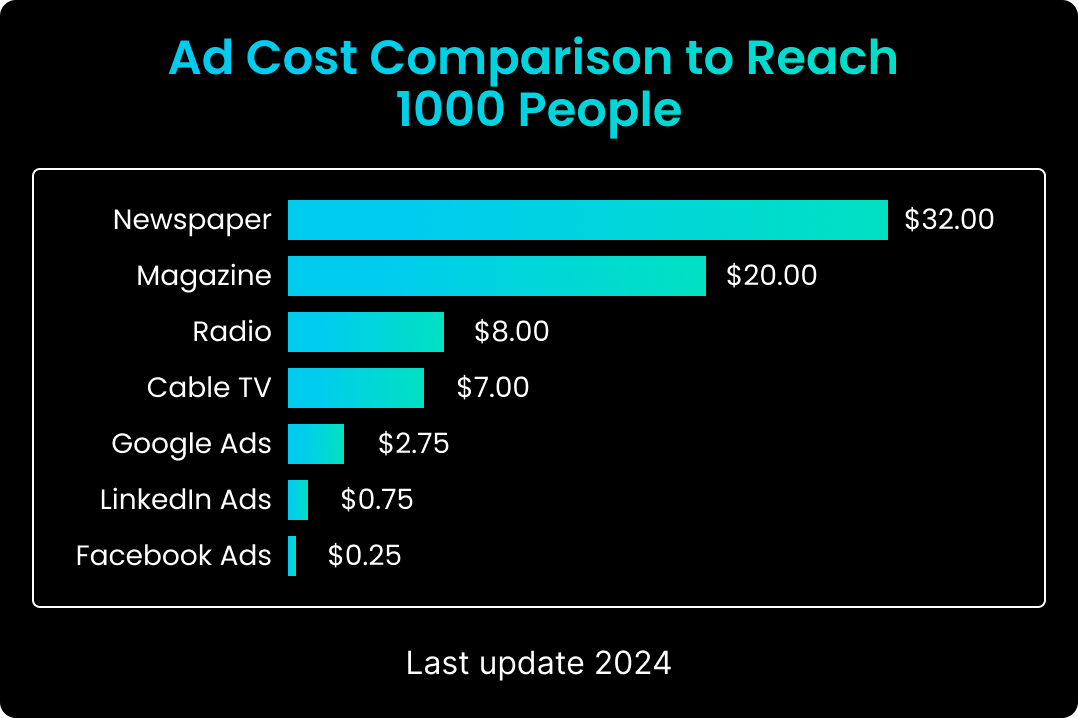
TV Vs. Radio Costs: TV advertising generally requires a higher budget, not just for the slot but also for production costs. Radio advertising can be more budget-friendly, especially with options for shorter ad slots and lower production costs.
Ad Content and Creativity: TV ads offer a visual medium, which is ideal for products or services that benefit from visual demonstration. Radio ads rely heavily on auditory elements and storytelling, making them suitable for creating memorable jingles or narratives.
Measuring Success for TV and Radio Ads: For TV, tracking metrics can include viewer ratings, time-slot performance, and consumer surveys. For radio, success can be measured through listener numbers, call-to-action responses (like website visits or promo code uses), and audience engagement during peak listening times.
Expert Radio and TV Advertising Tips
Timing TV: Prime time slots are competitive. For instance, advertising during popular events like sports finals can significantly increase brand visibility but at a higher cost. Advertisers will need to weigh the potential ROI against the TV slot costs on a case-by-case basis.
Timing Radio: Morning and evening commutes are prime times. Ads during popular radio shows can also be effective. For example, a local business ad during a popular morning talk show could reach a wide audience when they are most attentive.
Diversified Ad Lengths: Using a mix of ad lengths allows for flexibility in messaging and budgeting. For example, a brand might use a 60-second ad to tell a compelling story or explain a complex product while using 15-second spots for brand reminders or call-to-action messages.
Consistency and Frequency: Consistency in advertising helps in building brand memory. For instance, a brand that advertises at the same times daily creates a routine presence in their audience’s day. However, varying the content within these slots is crucial to avoid ad fatigue.
Leveraging Relationships: Good relationships can lead to first knowledge of special ad packages or innovative advertising opportunities, like sponsorships of special segments or events. For example, a long-term client might get the first option on holiday special ads or new program slots at a discounted rate.
Integration with Other Marketing Efforts: A cohesive strategy across all platforms enhances the overall impact. For instance, a TV ad could be complemented by a social media campaign that engages viewers in a contest or discussion related to the ad, thus creating a multi-channel experience.
Testing and Feedback: Use tools like audience surveys, website traffic analysis (for digital call-to-action), and sales data to gauge the impact of ads. Adjusting strategies based on this data can lead to more effective campaigns. For example, if a particular ad format or time slot isn’t working, testing an alternative approach and analyzing the results can lead to more successful outcomes.
Choosing Between TV and Radio Advertisement
Ultimately, the choice between TV and radio advertising depends on your specific business needs, audience, and budget. Both mediums have their strengths and can be highly effective if used strategically. For instance, a local restaurant might benefit more from radio advertising with frequent, short ads targeting local commuters. In contrast, a new tech product might be better suited to a visually-driven TV ad during a popular evening show.
Finally, if you are interested in traditional advertising, this article might also be of value – Billboard advertising costs in Australia.
Work with an Agent or DIY
Working with an advertising agent offers several key benefits that can enhance the effectiveness and efficiency of your advertising campaigns. Agents possess deep market knowledge and have established relationships with TV and radio stations, allowing them to negotiate better rates and secure premium advertising slots. Their expertise in crafting compelling advertising strategies and selecting the optimal media mix ensures that your message reaches the intended audience with maximum use of your budget.
However, it’s important to note that choosing a DIY approach to your advertising can offer significant cost savings. By managing campaigns in-house, you eliminate agency fees, giving you more control over your budget. However, entrusting your advertising needs to an agent frees up valuable time, enabling you to focus on other operations.
If you’re considering leveraging these benefits for your next advertising campaign, please contact us.
